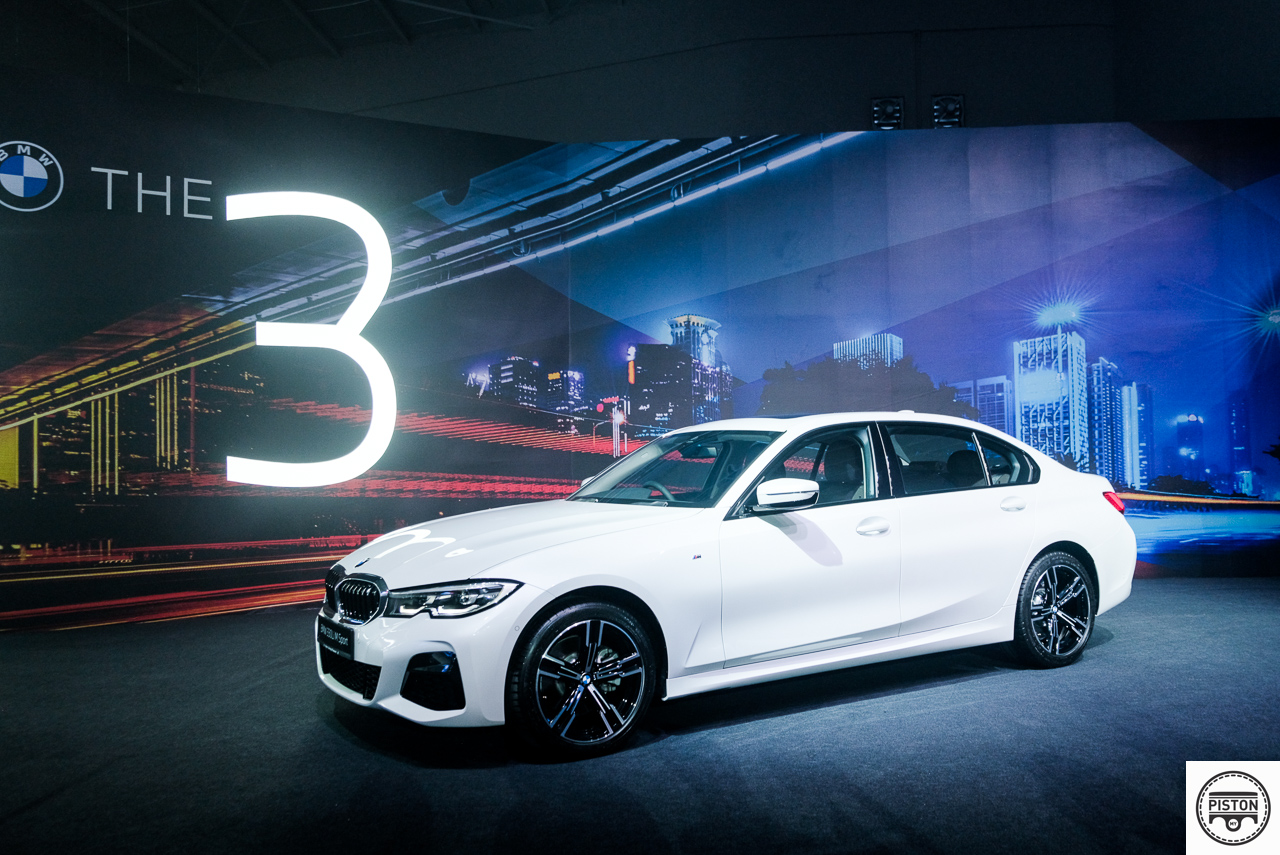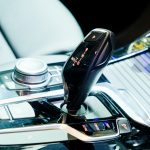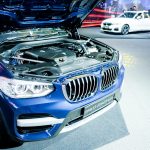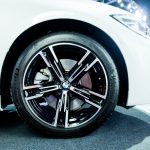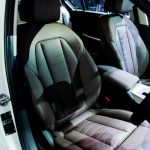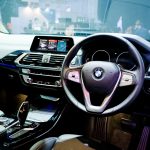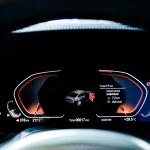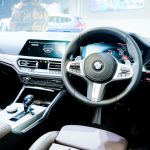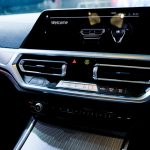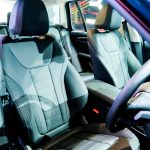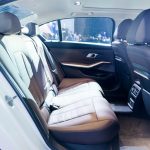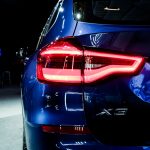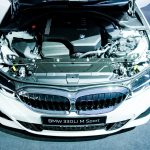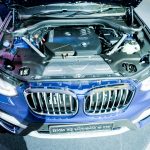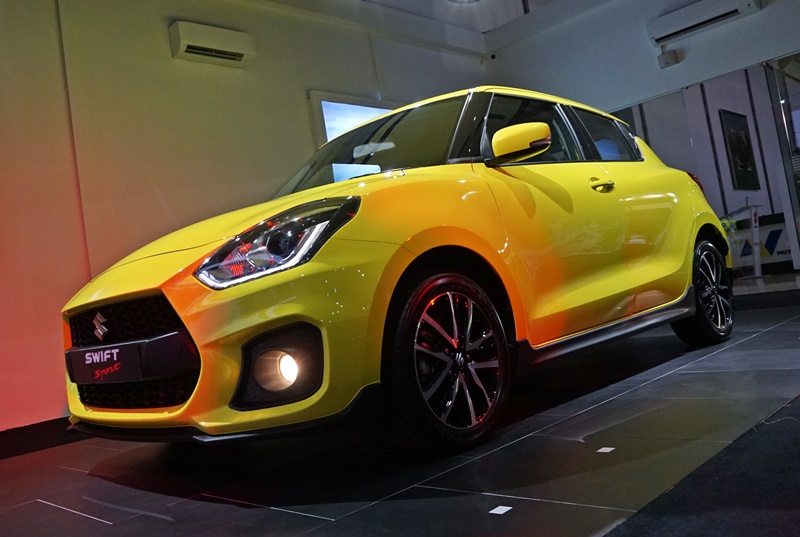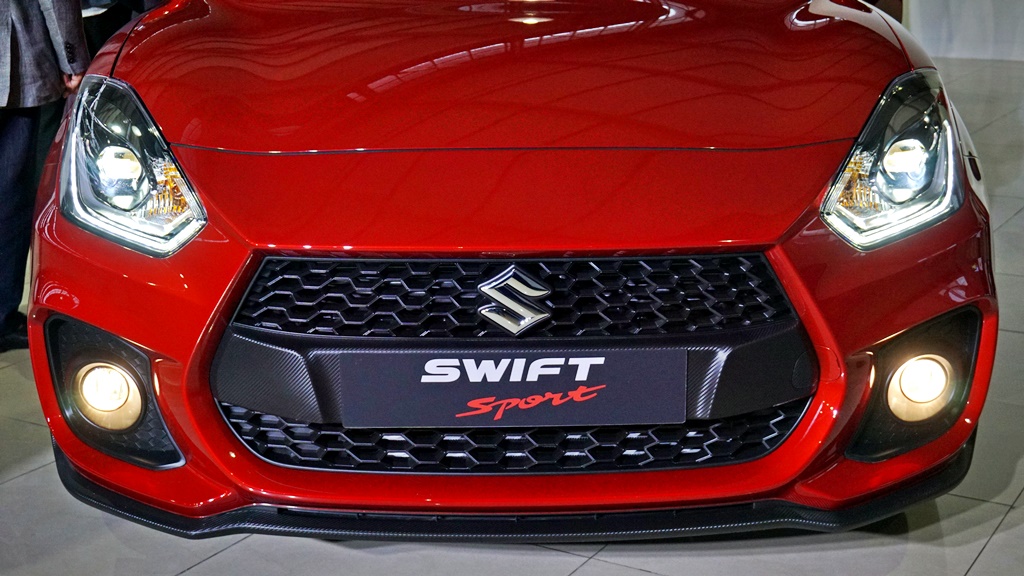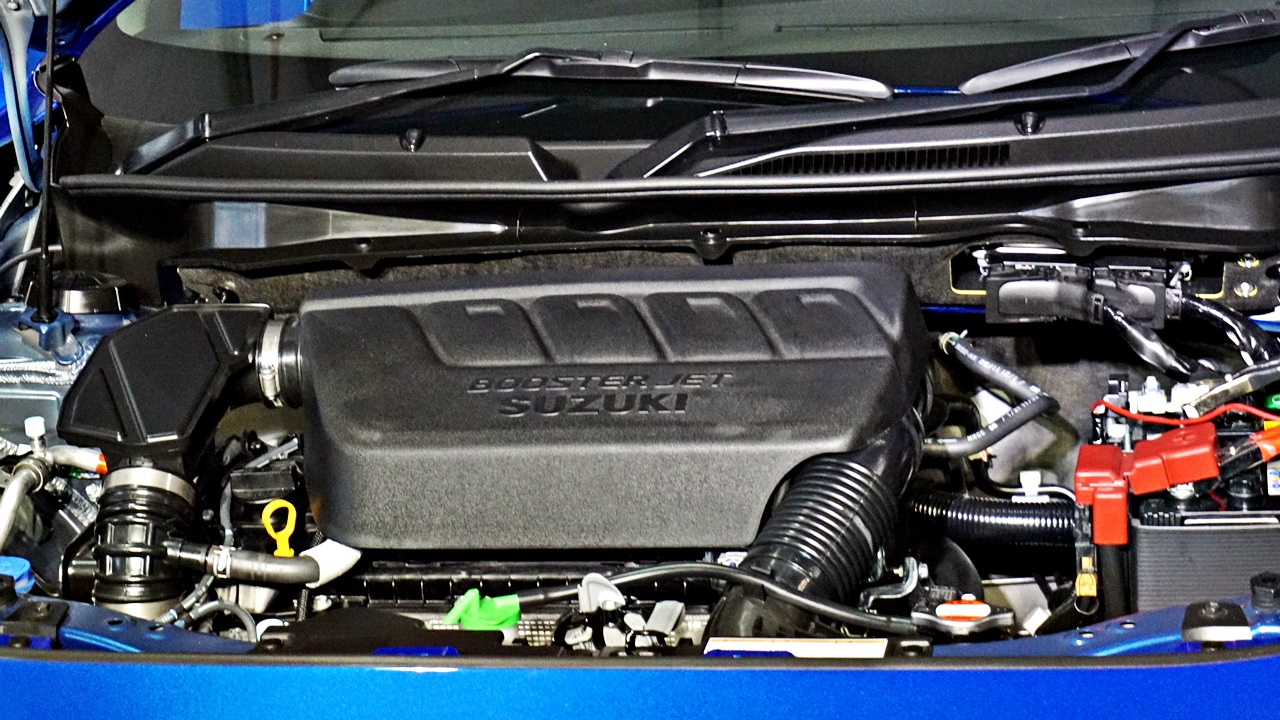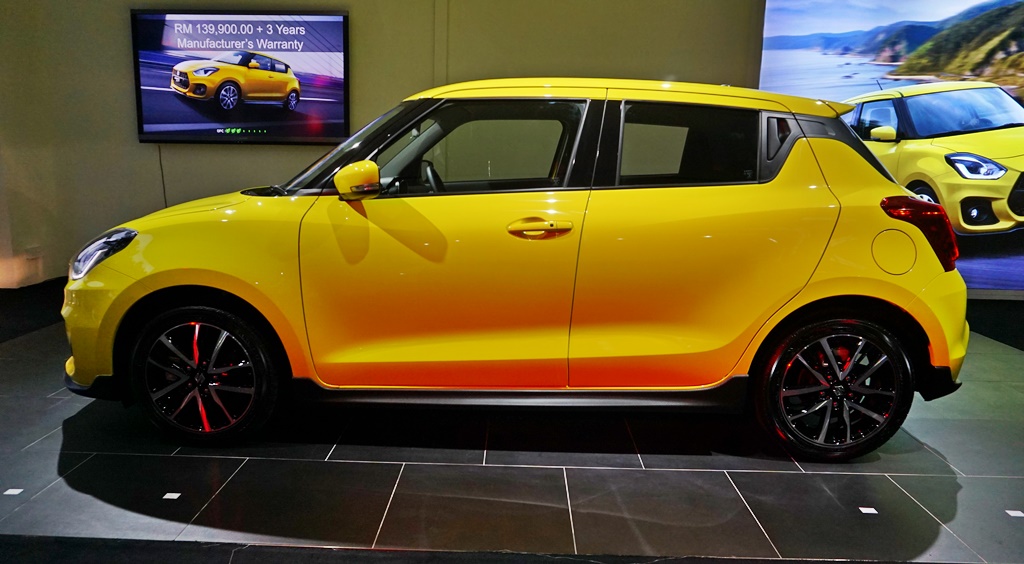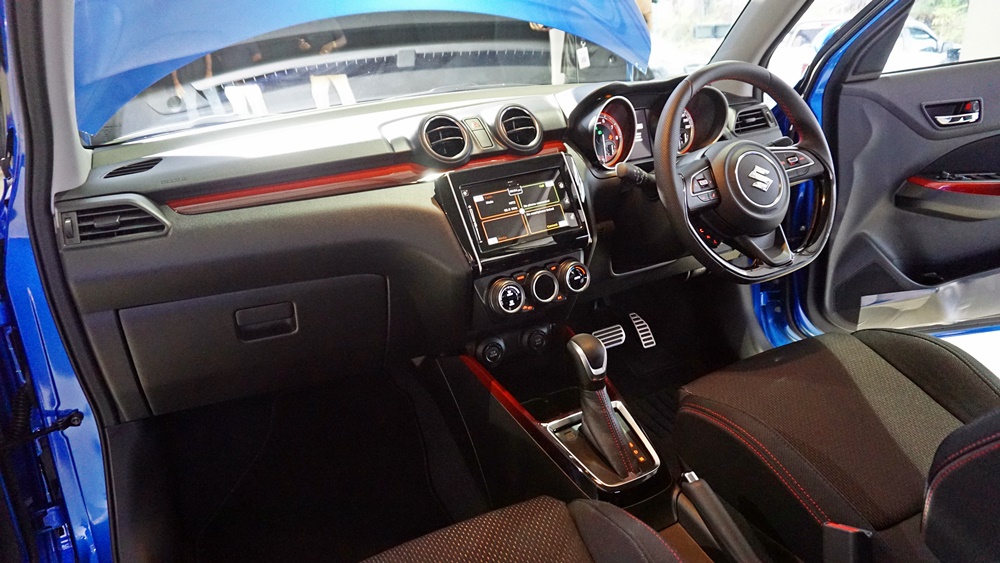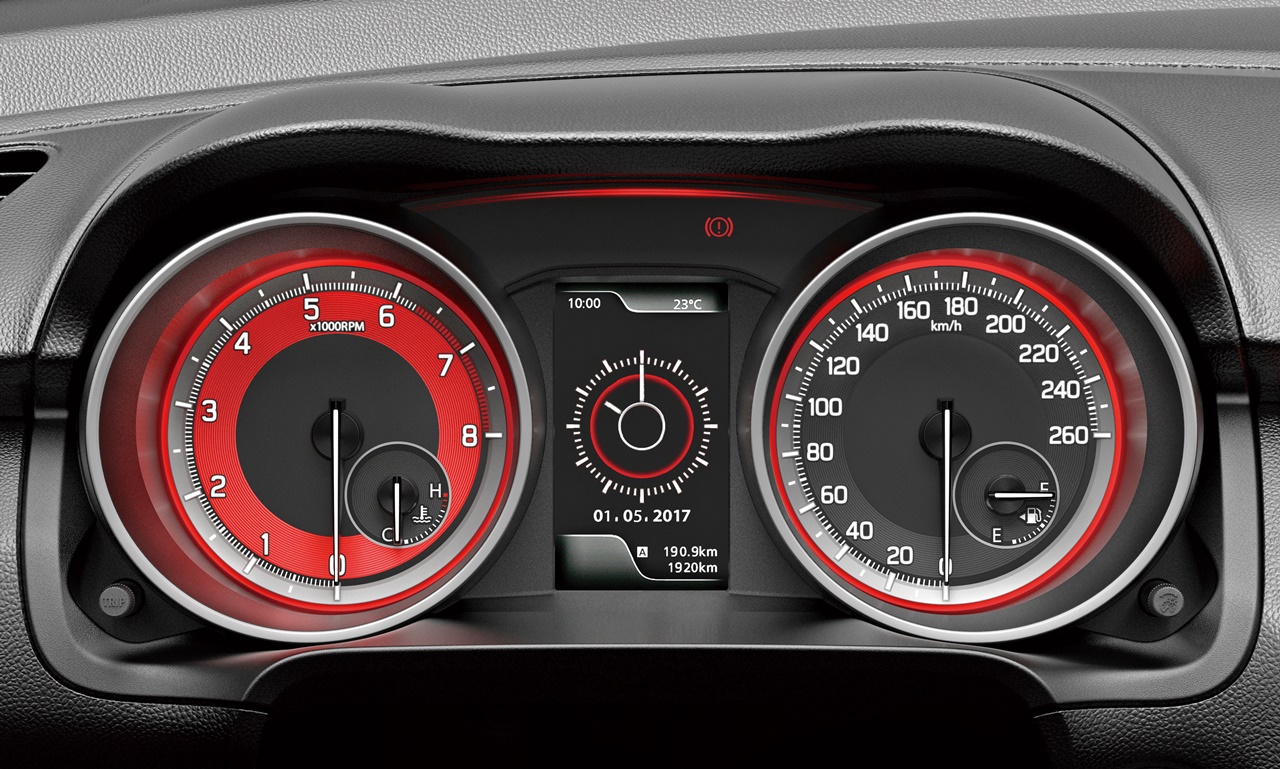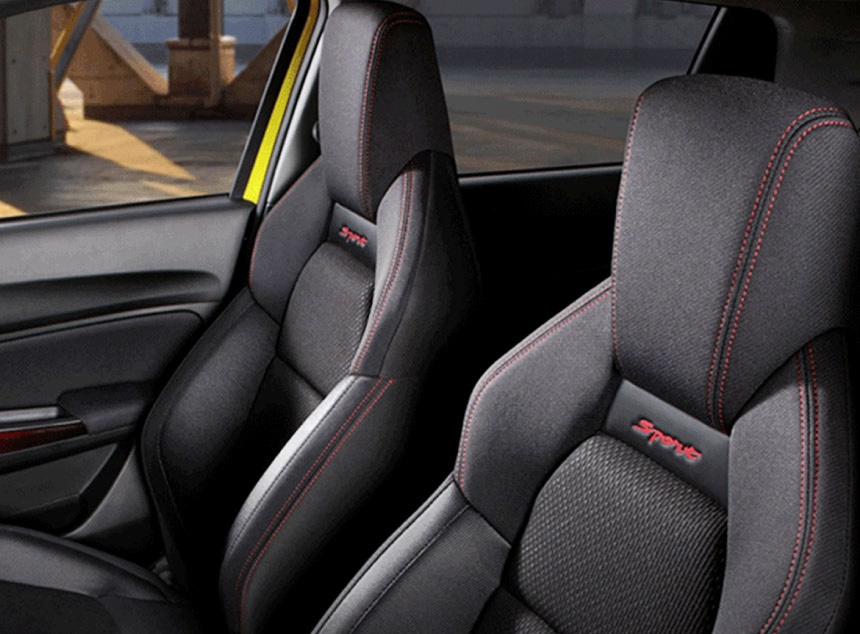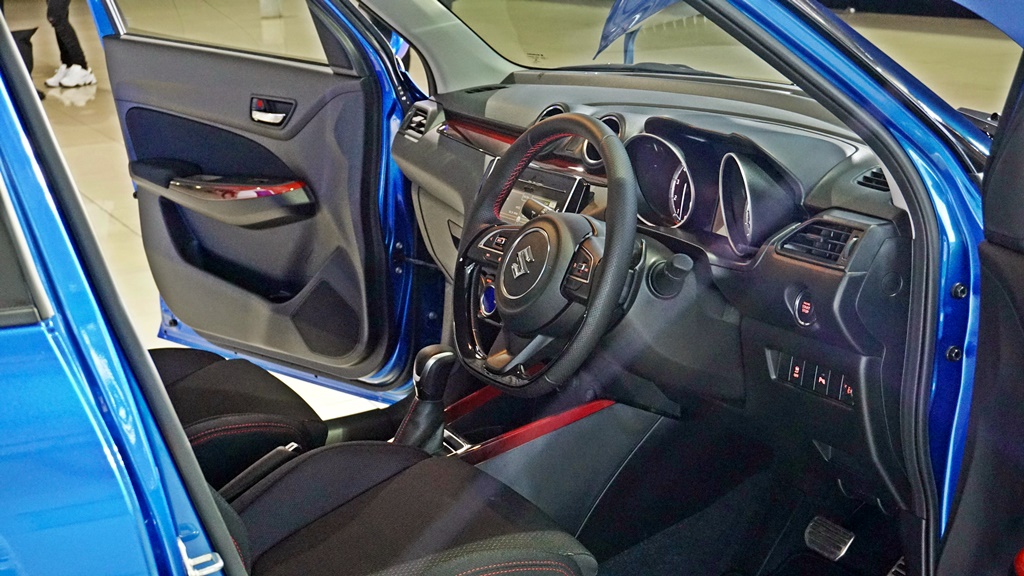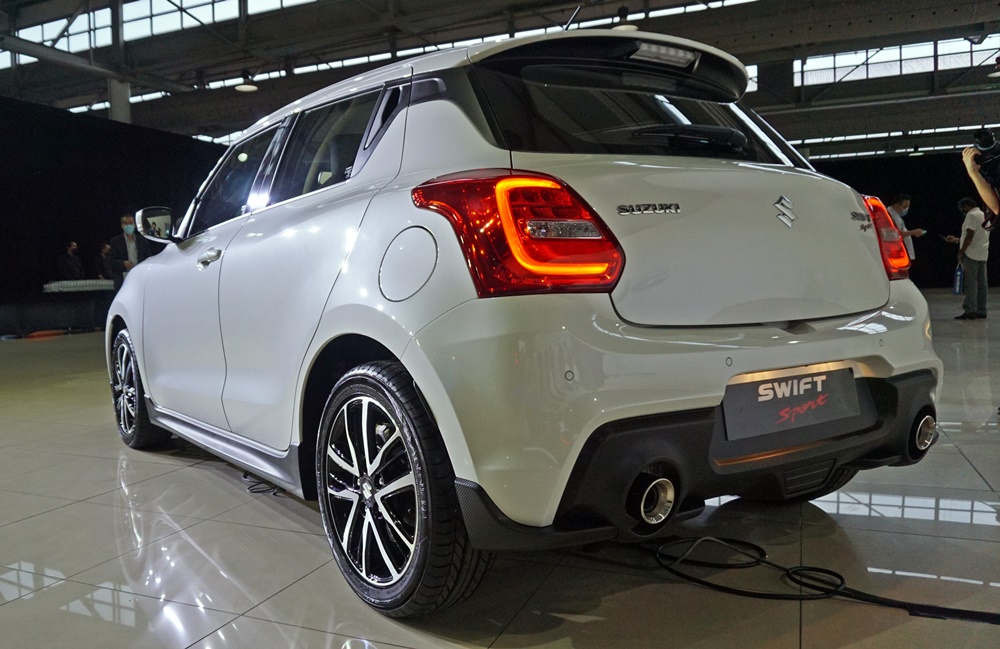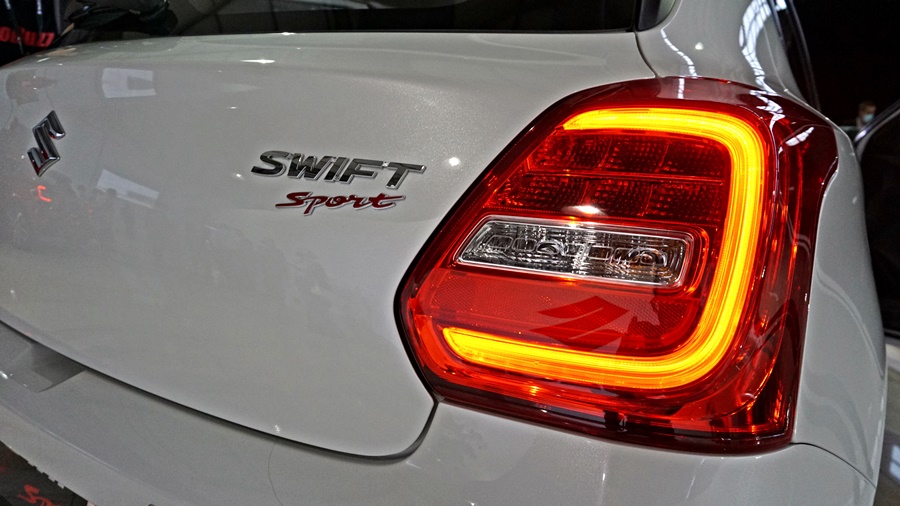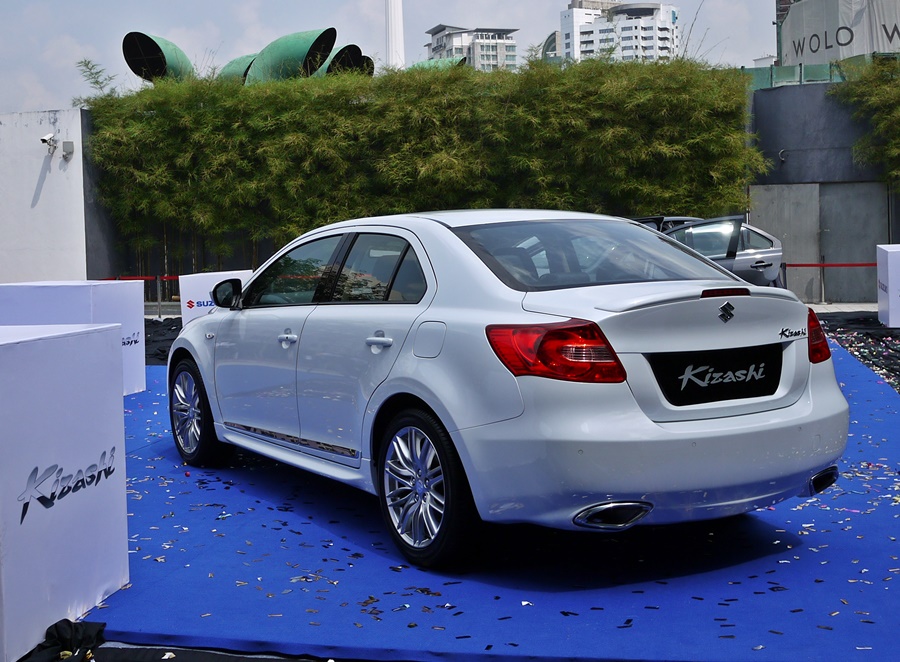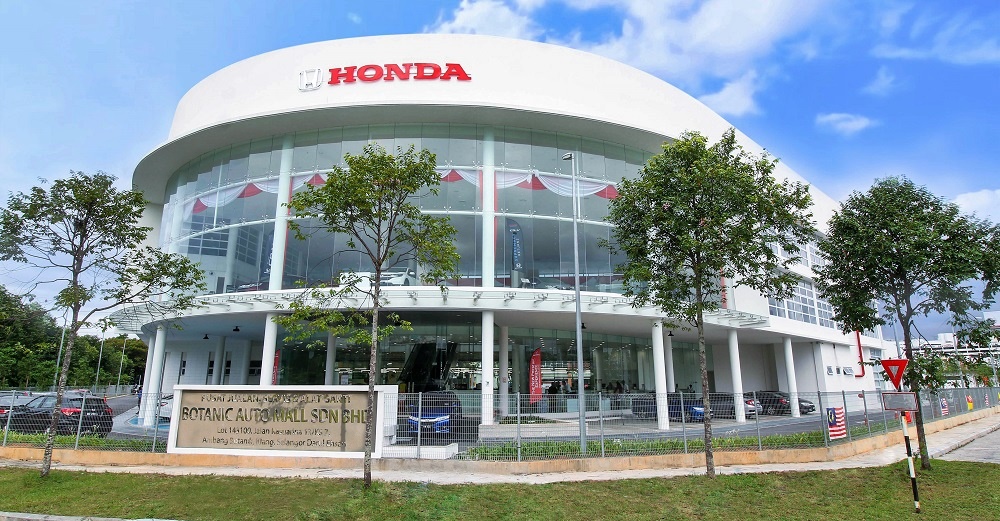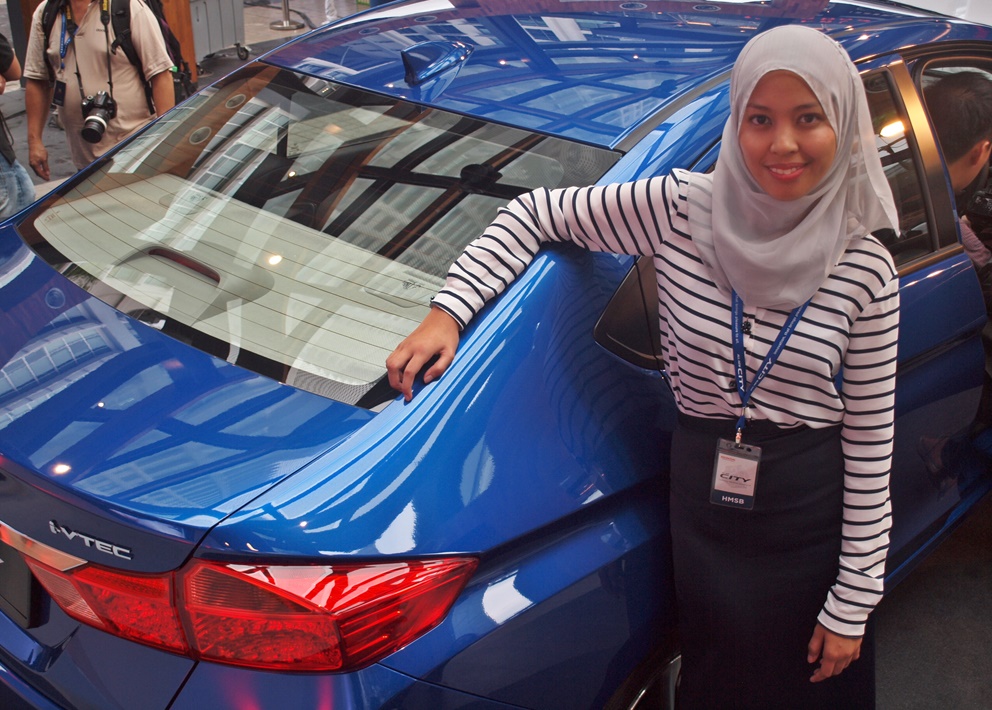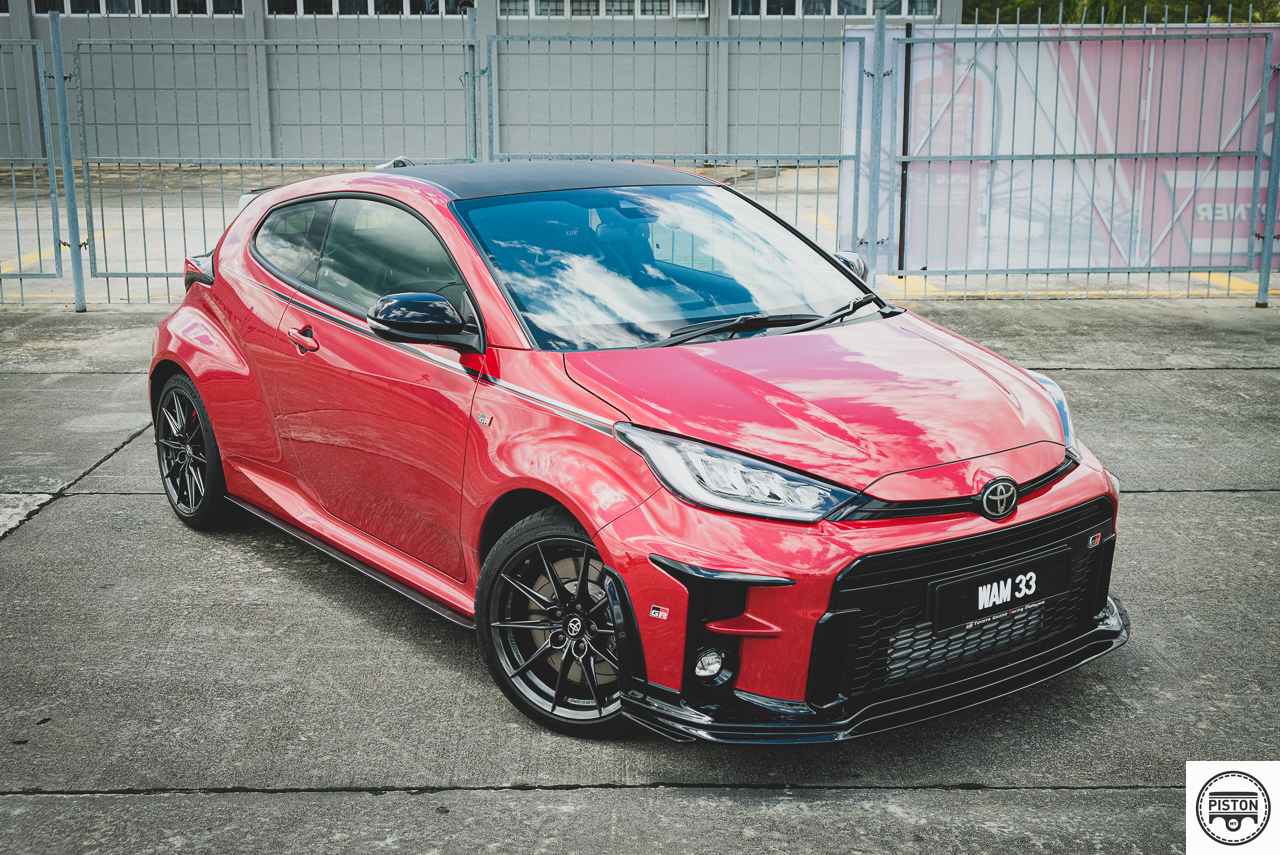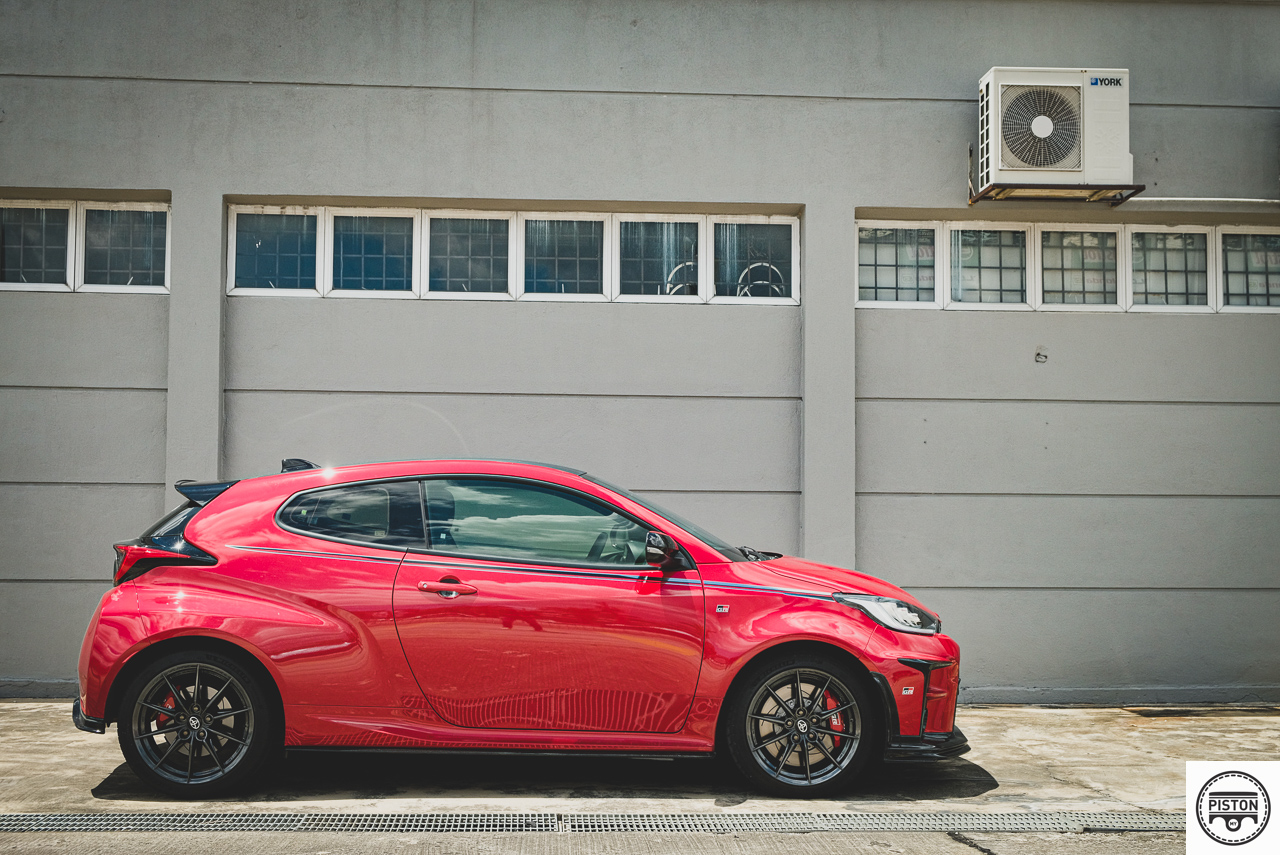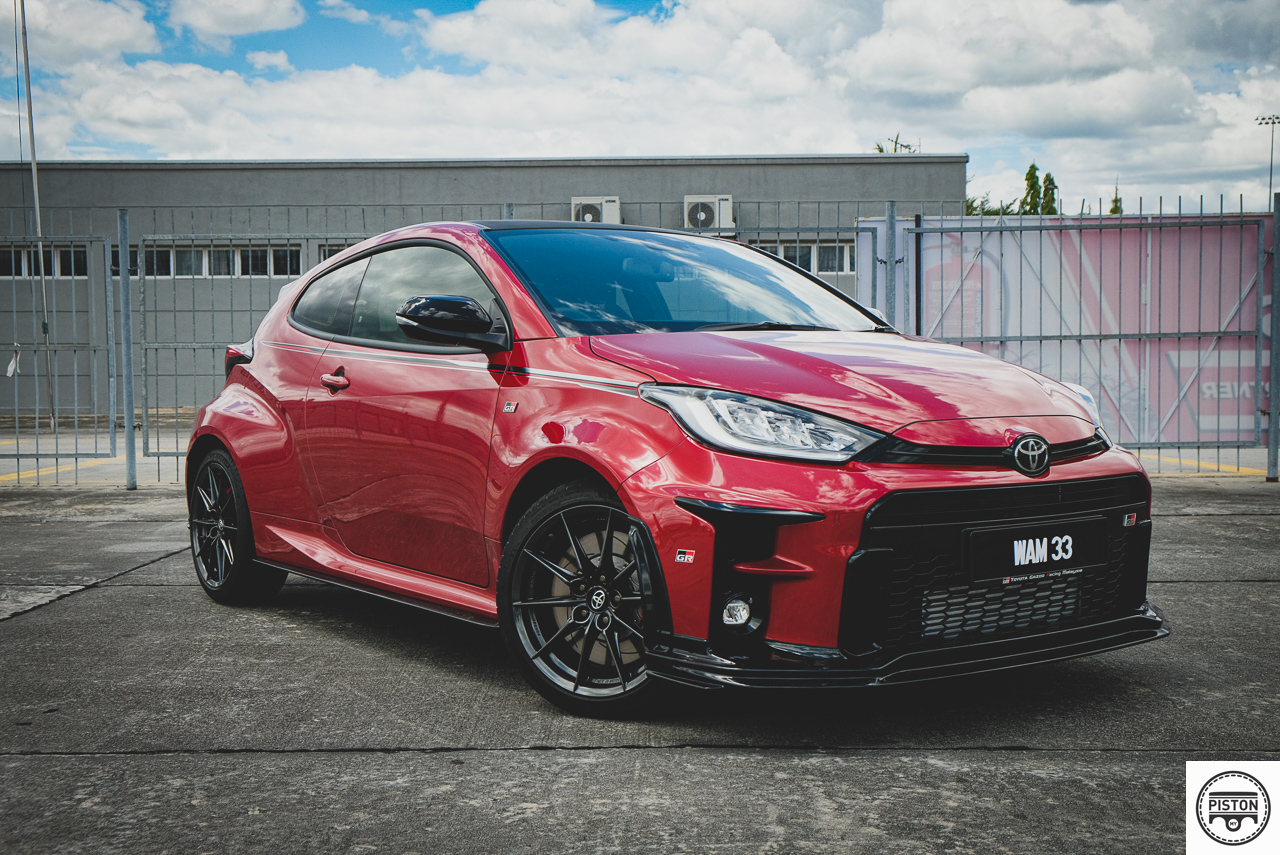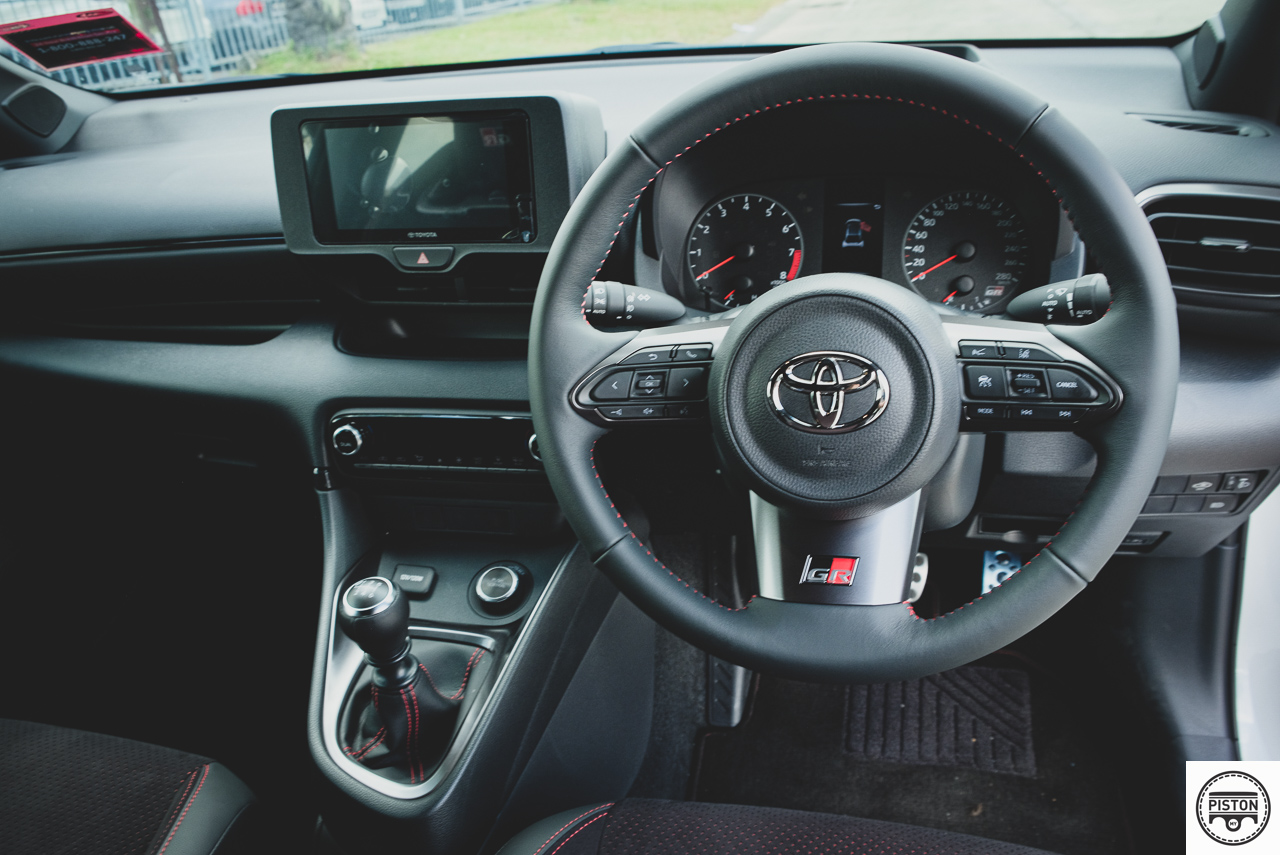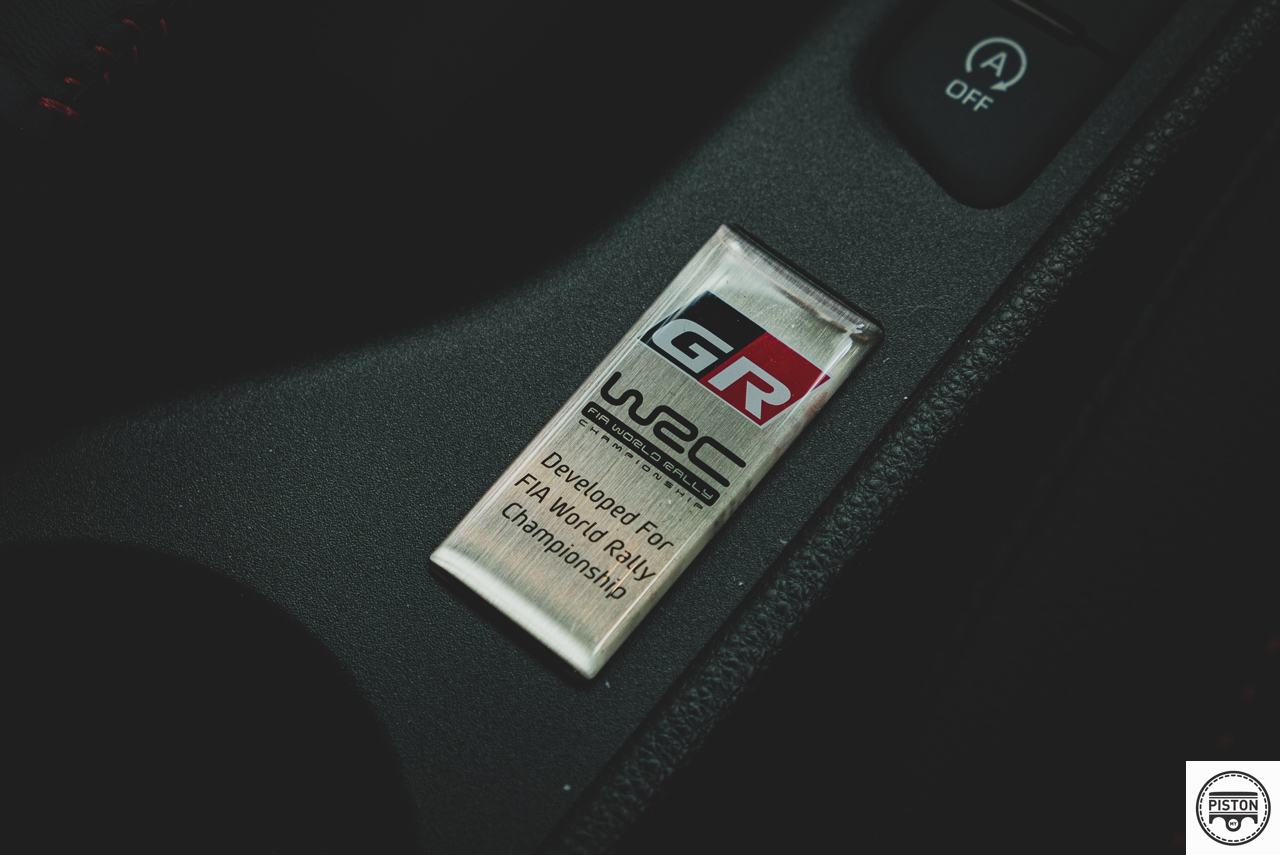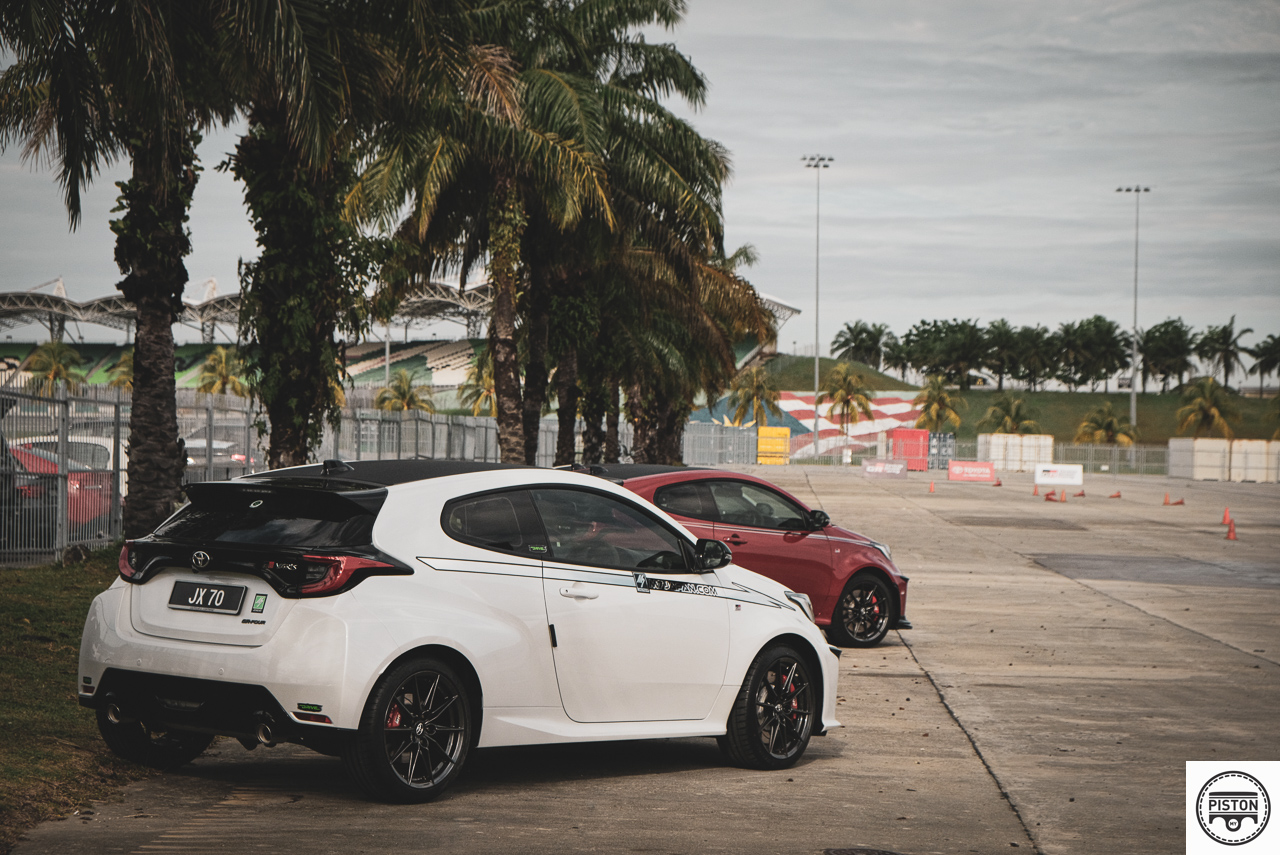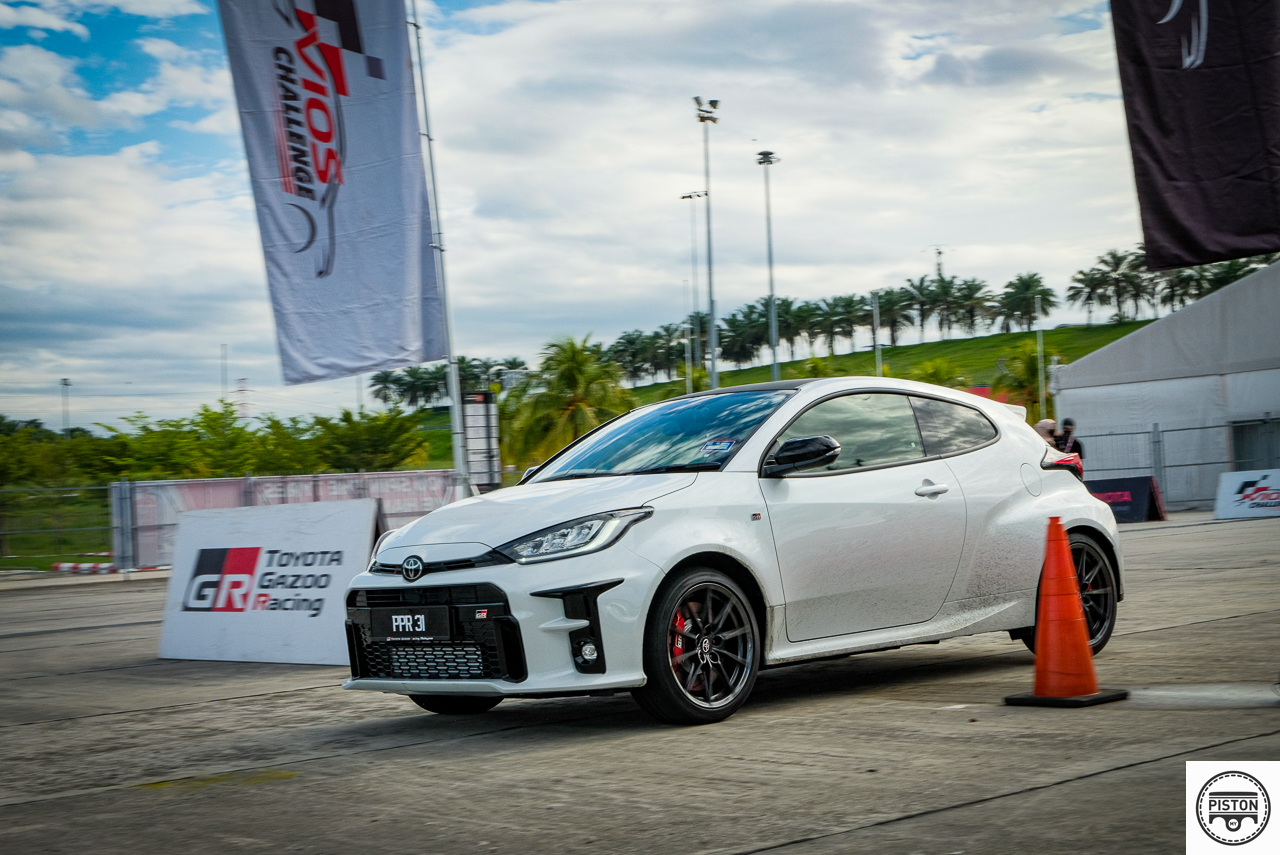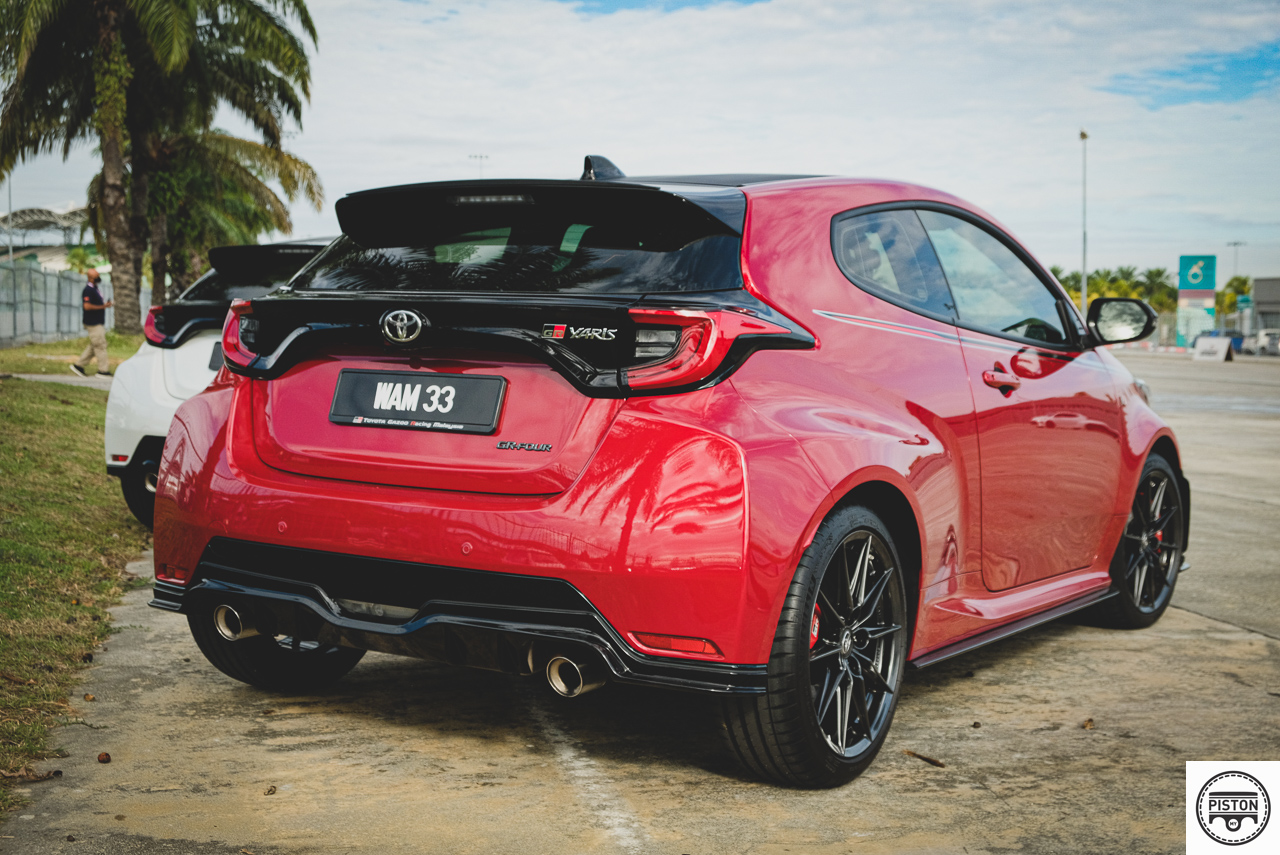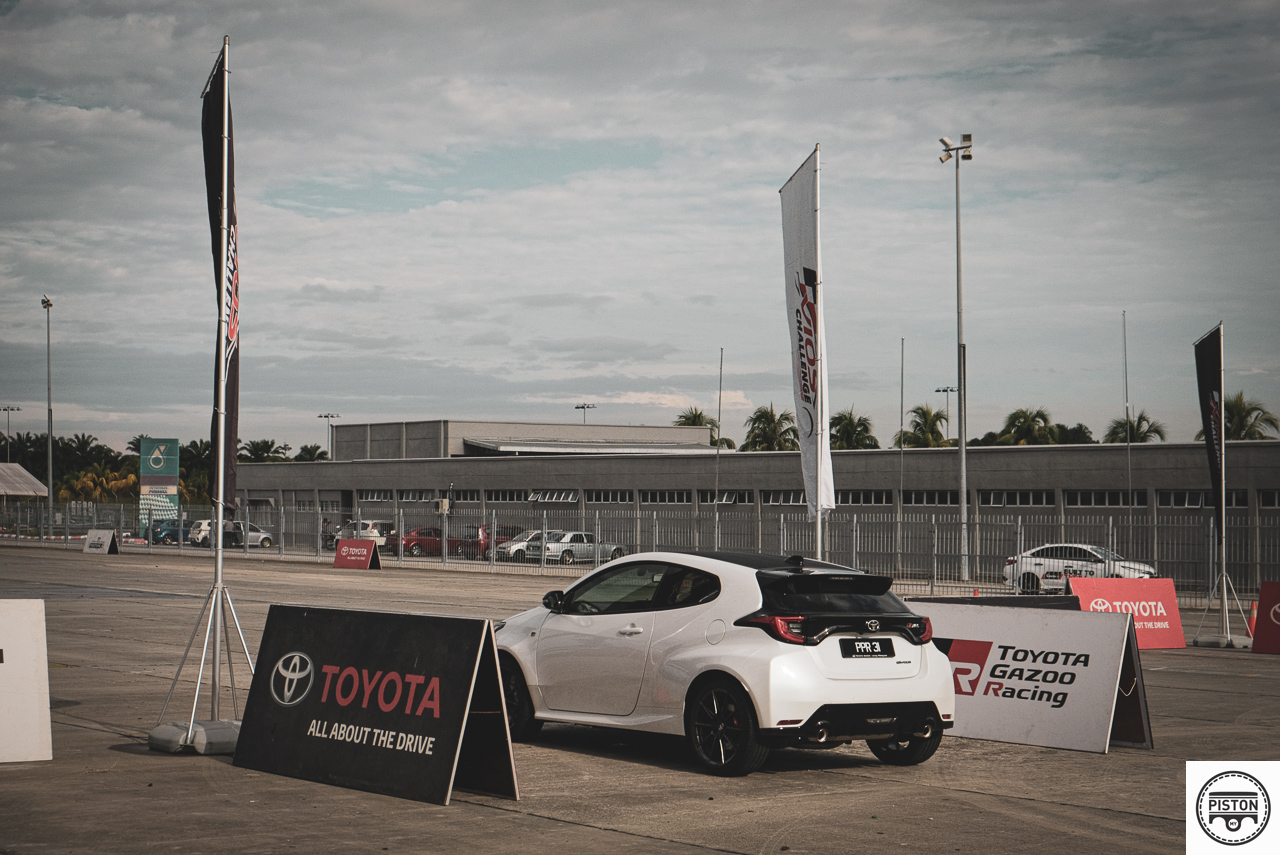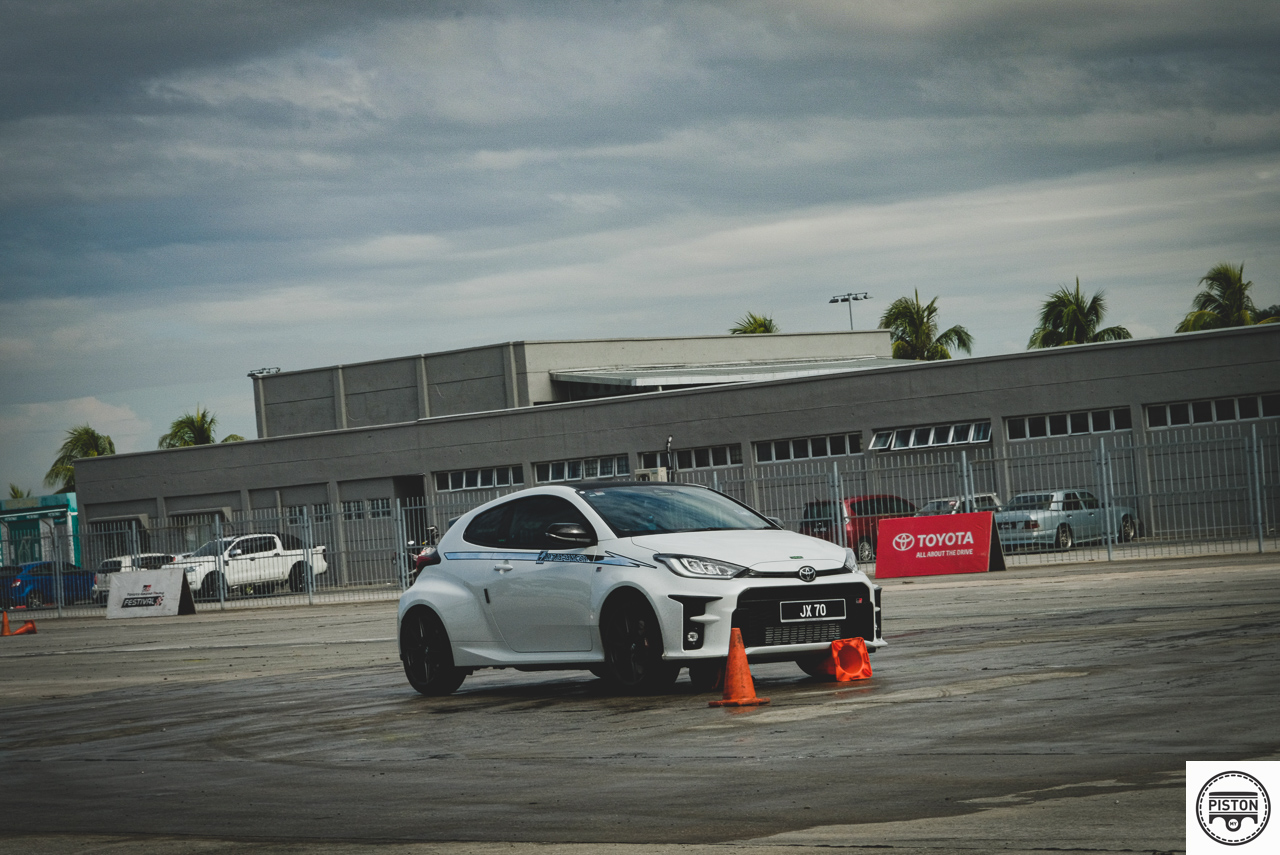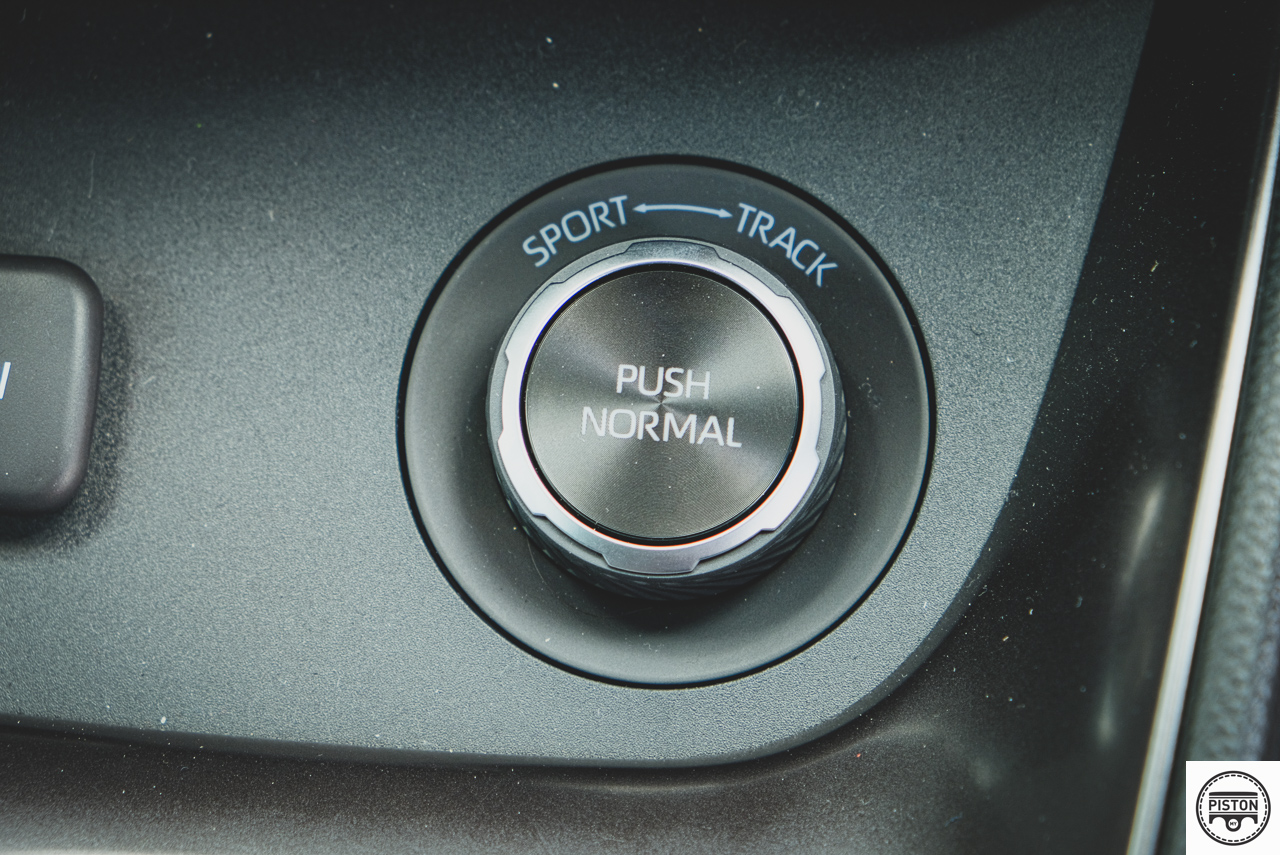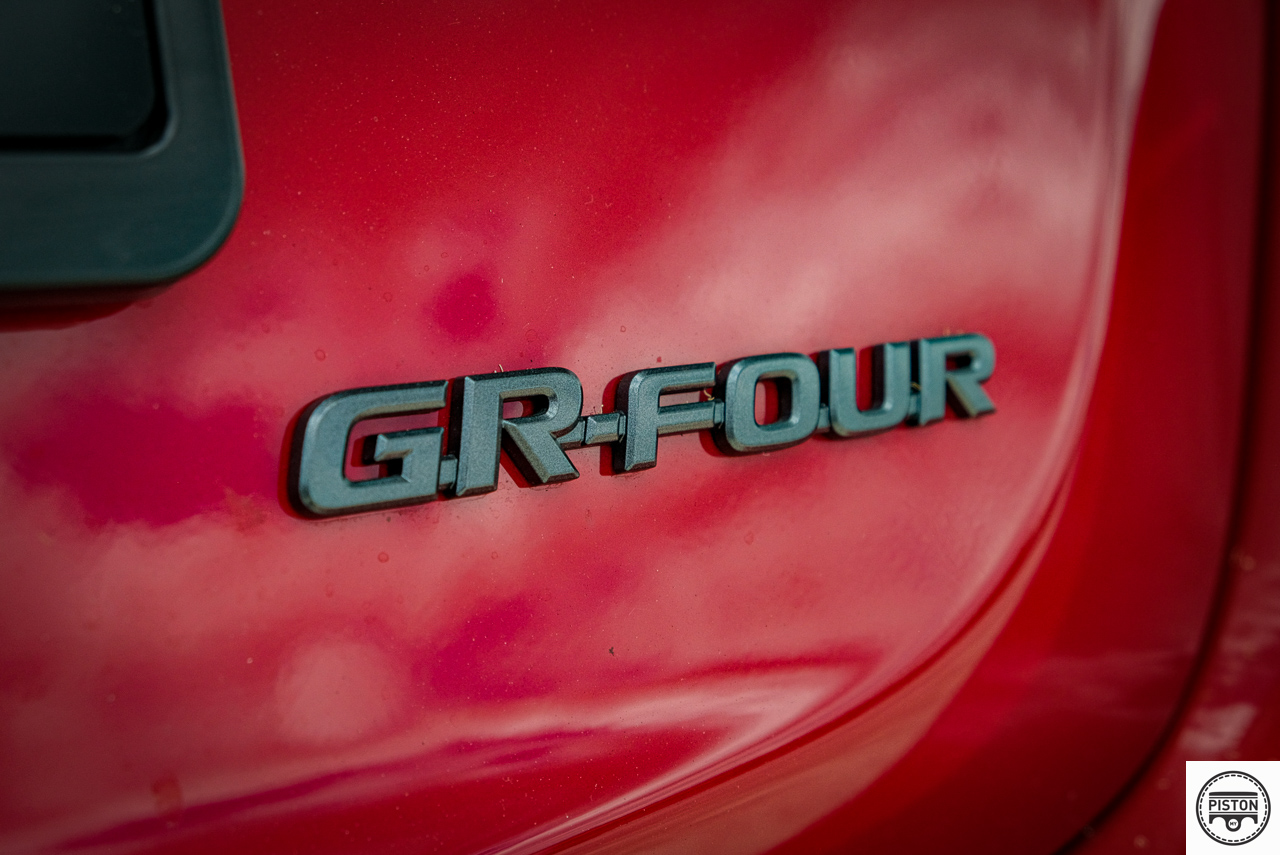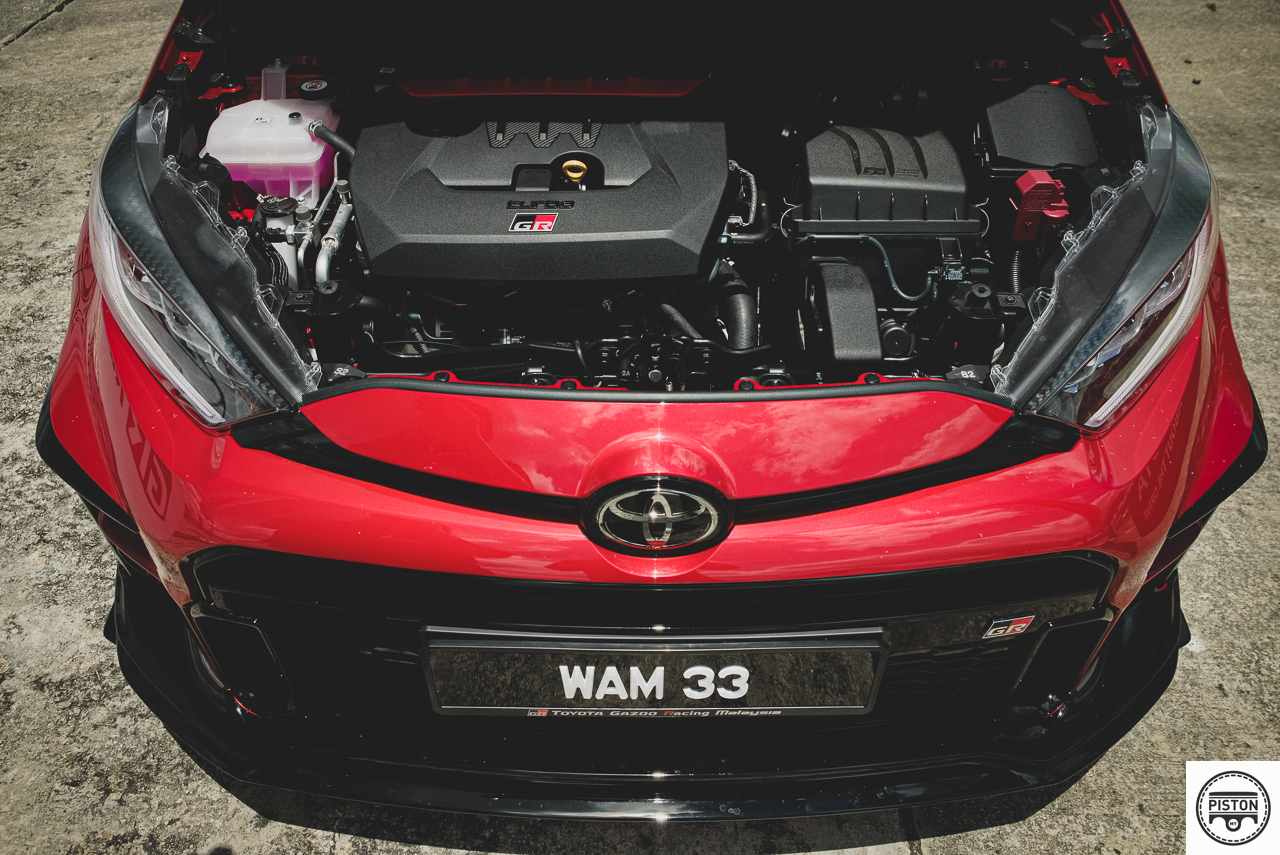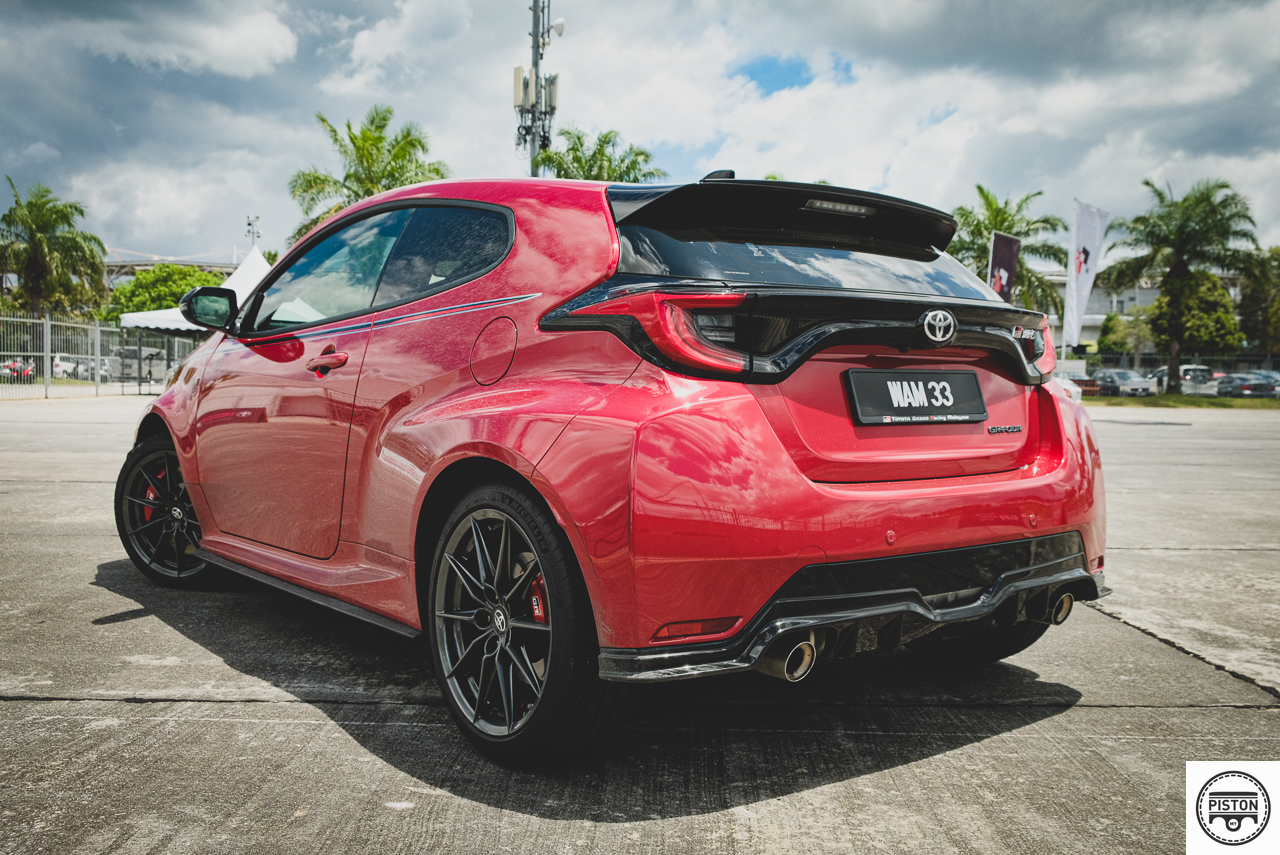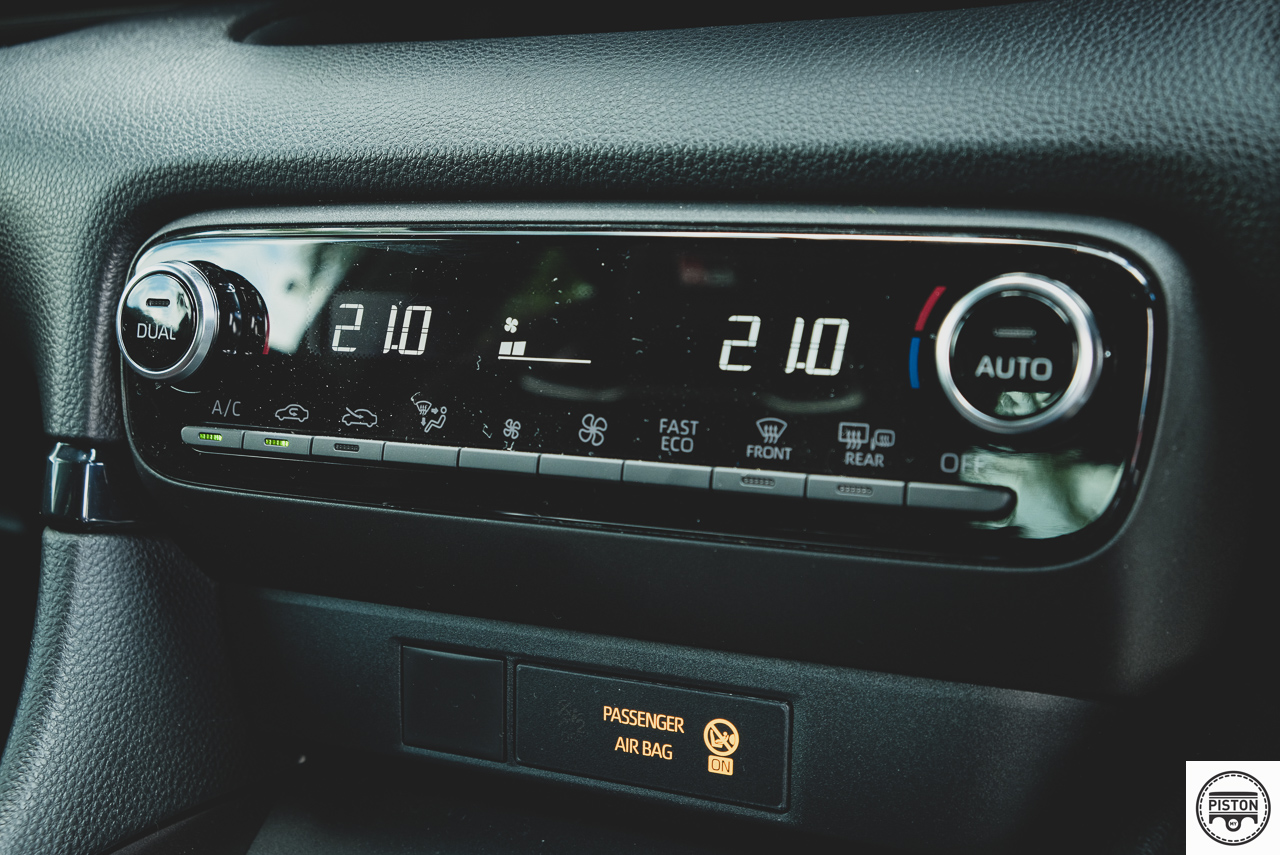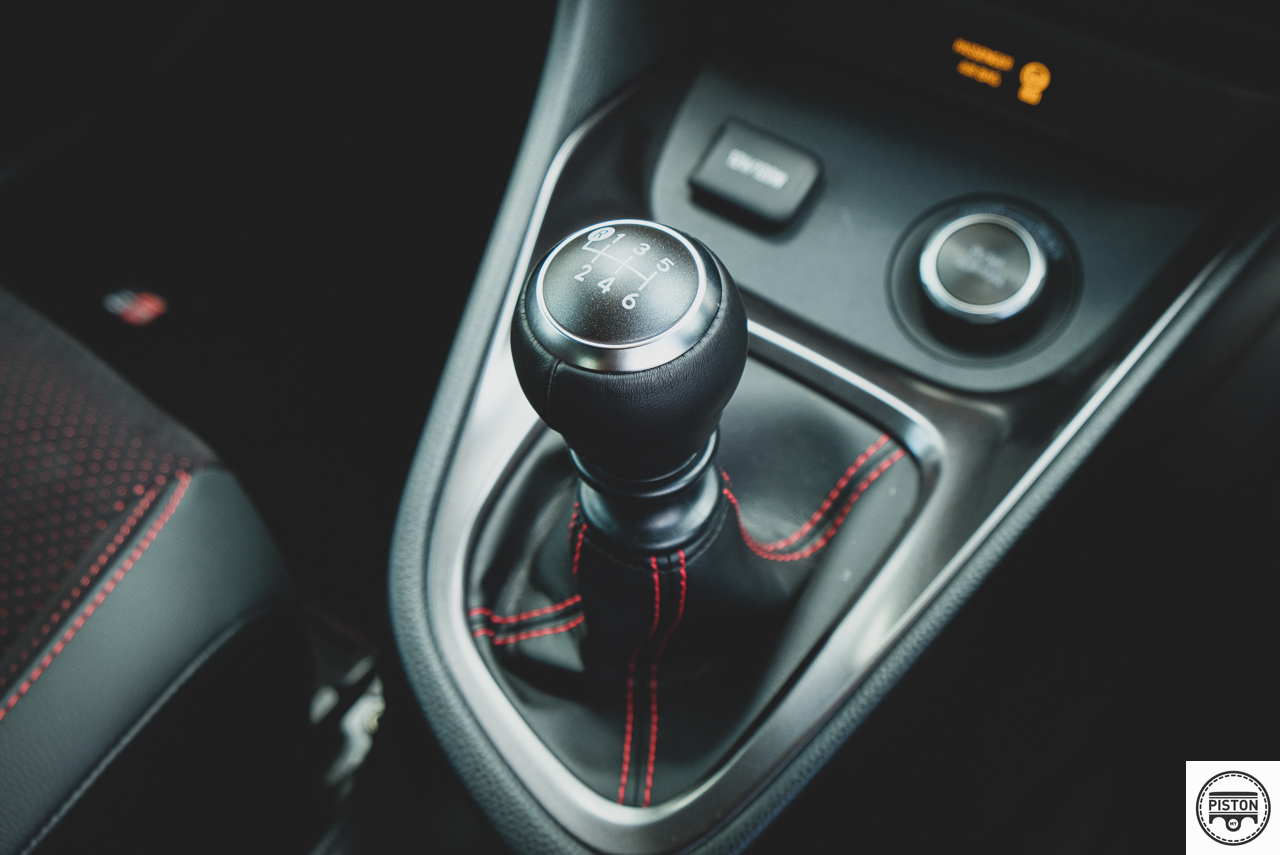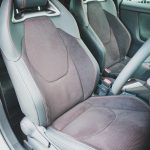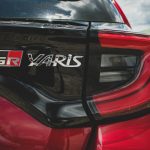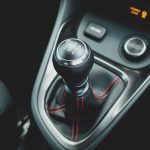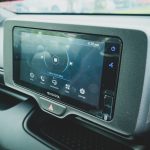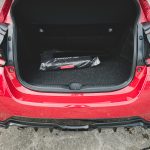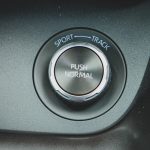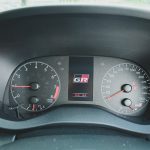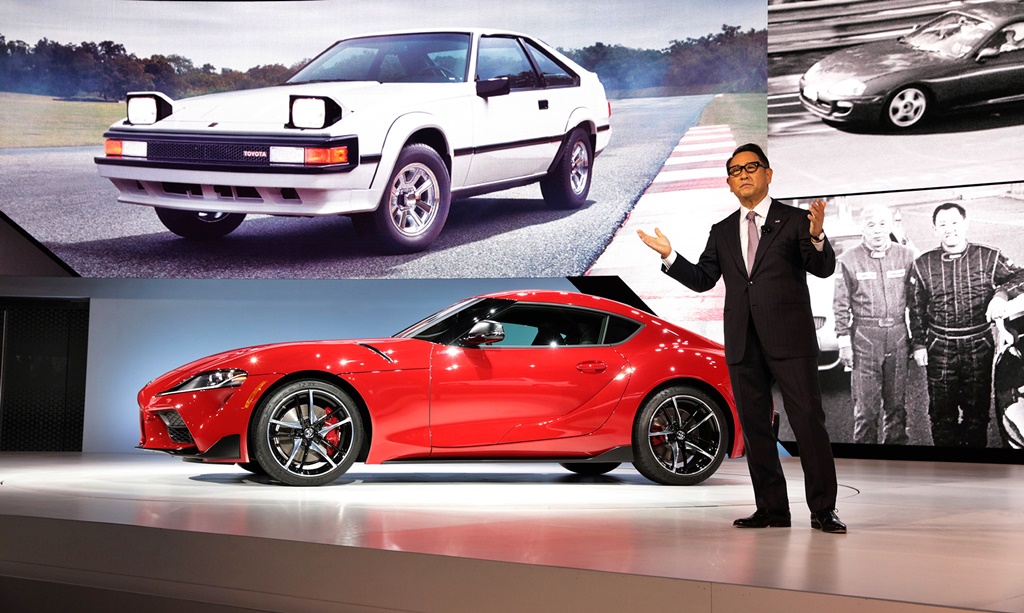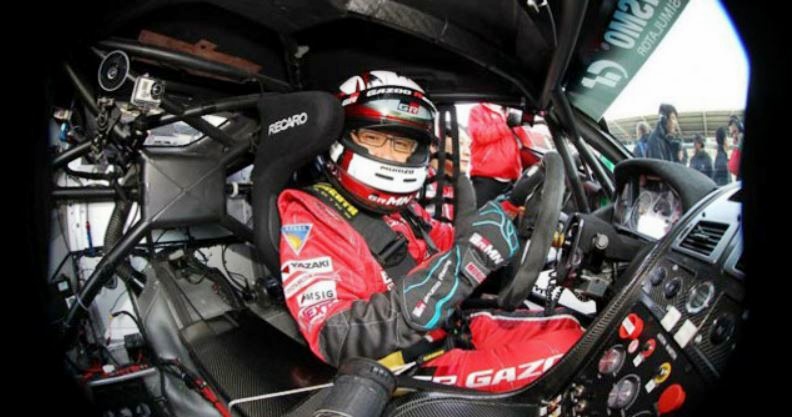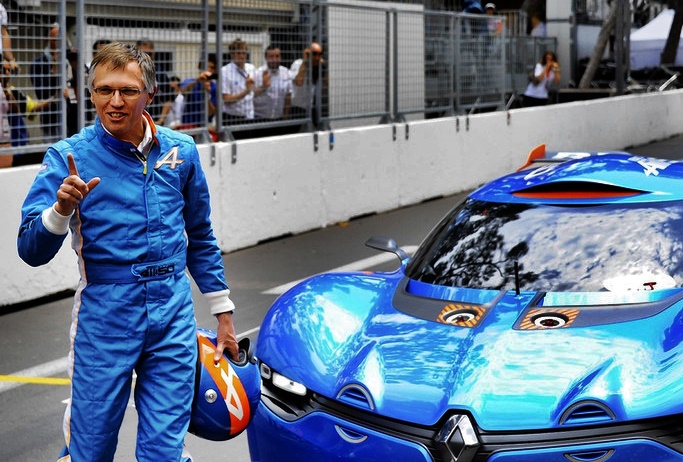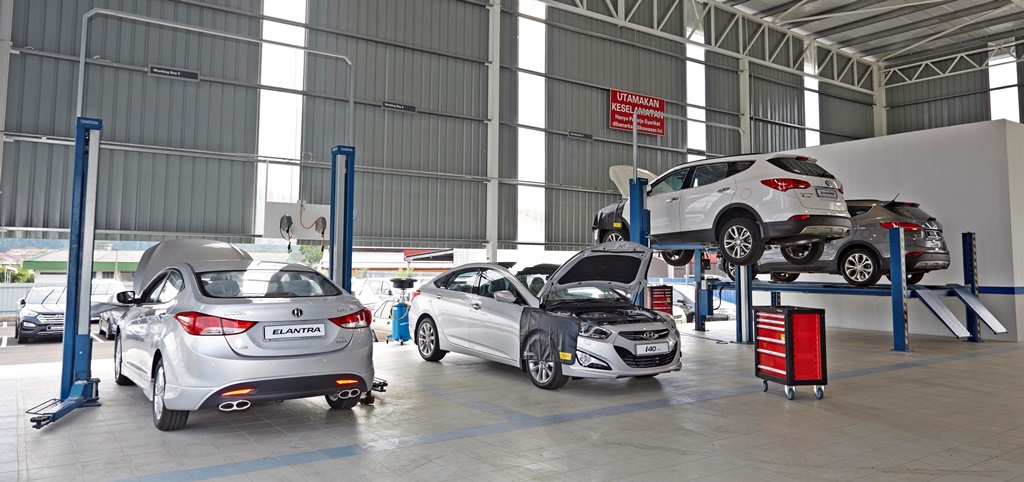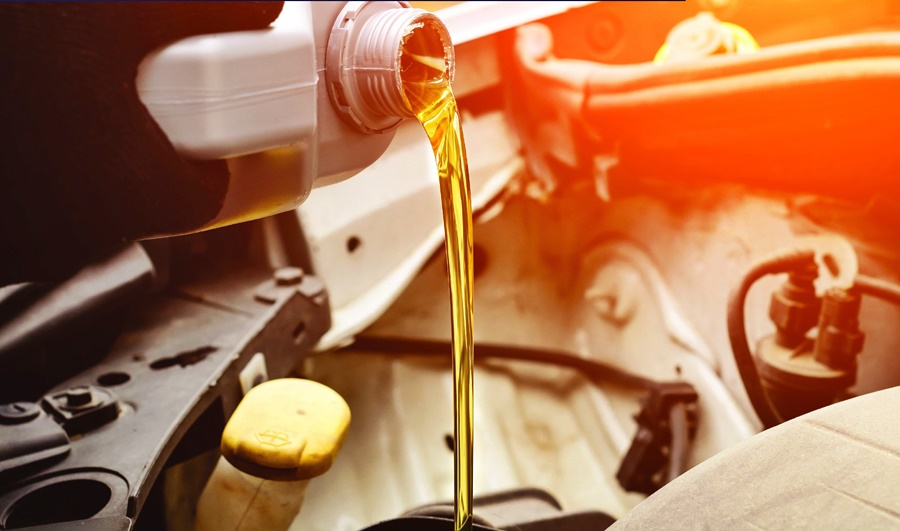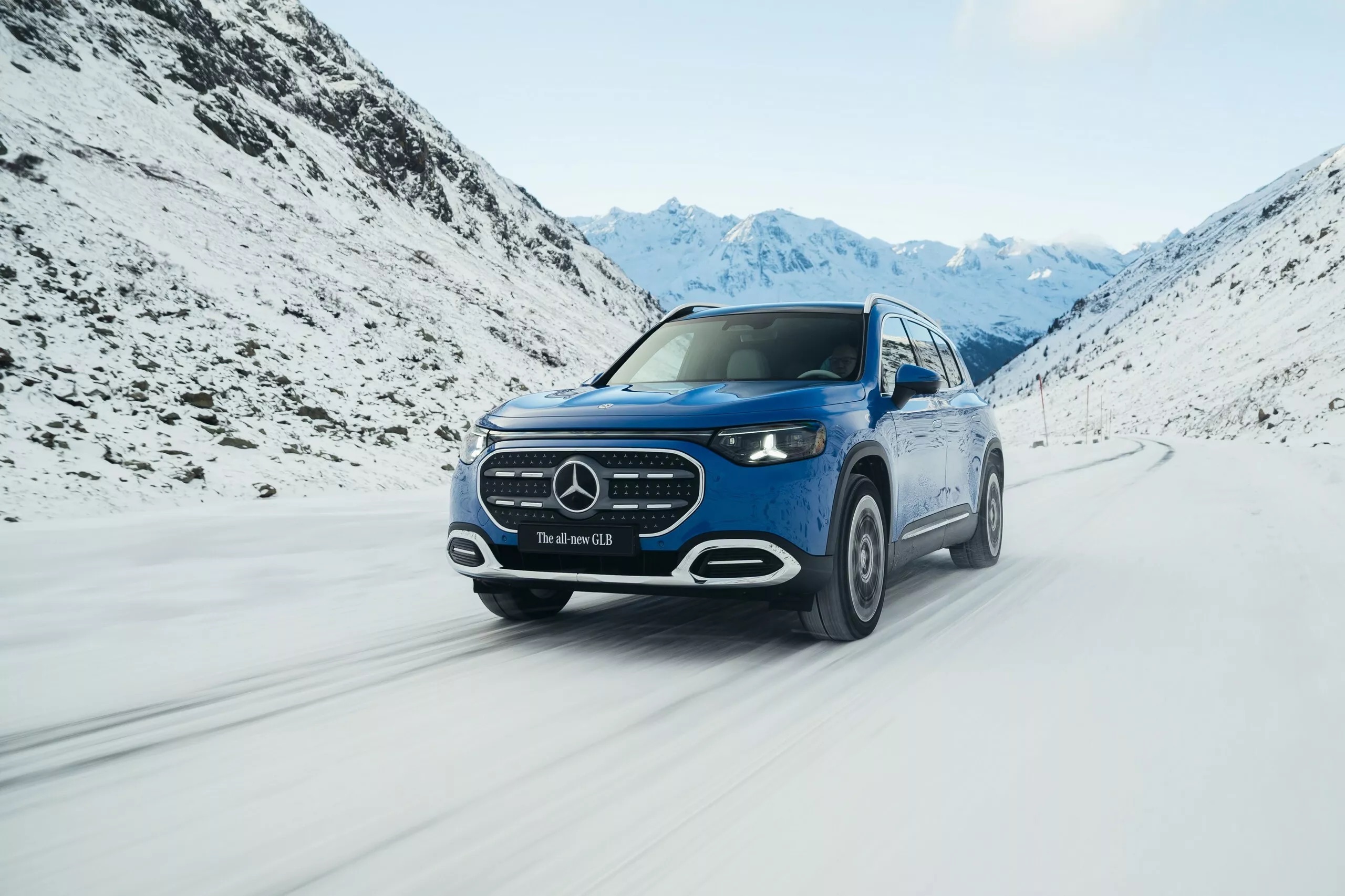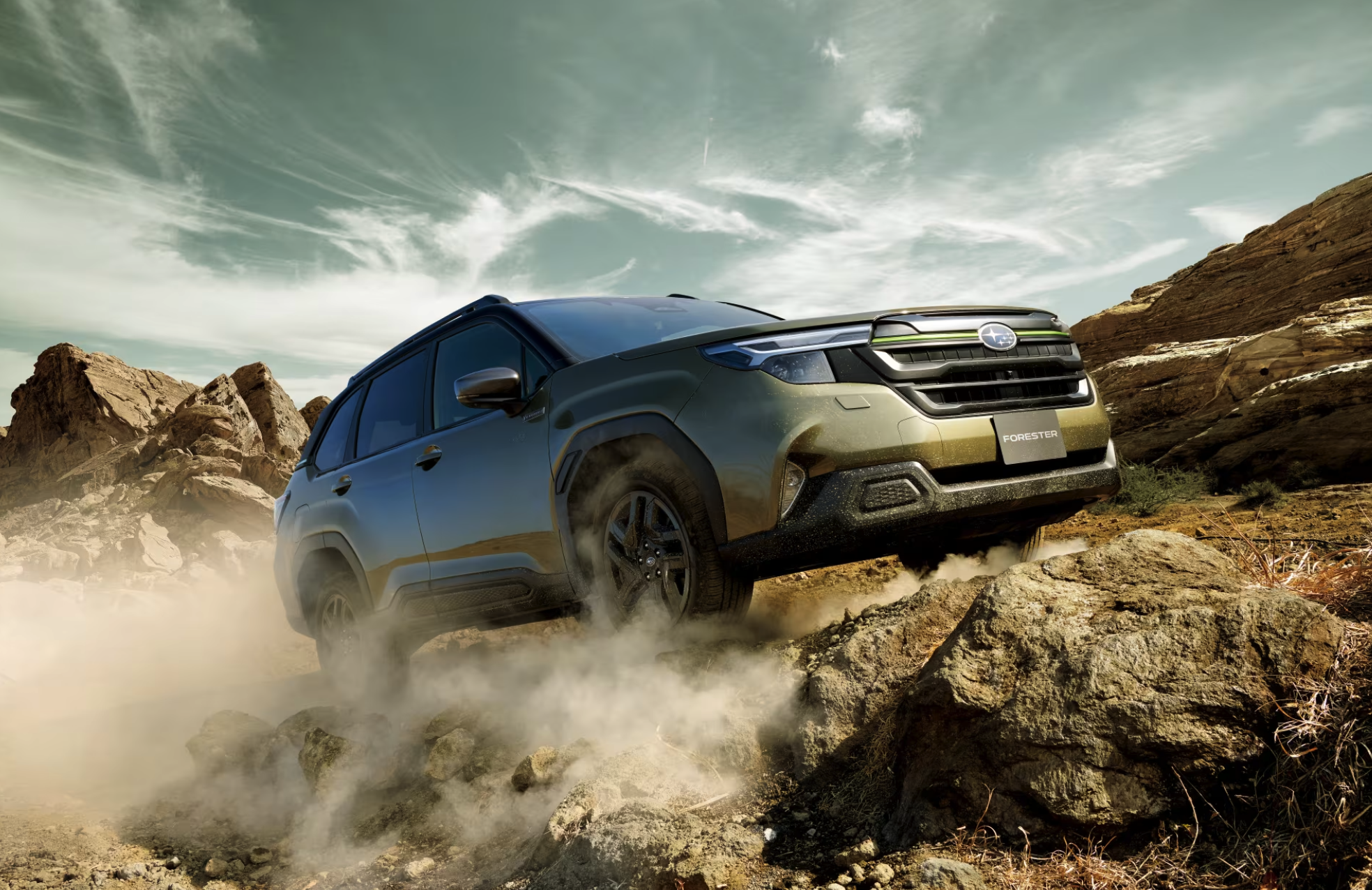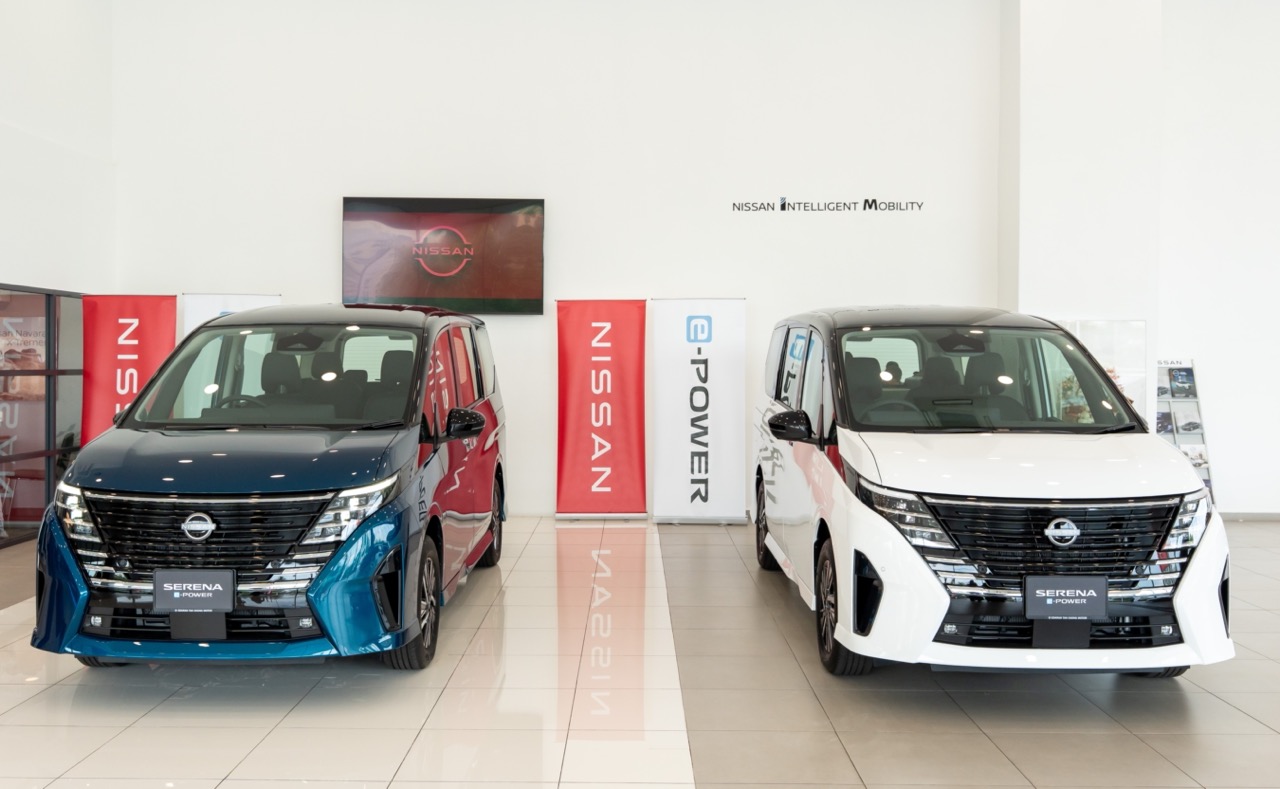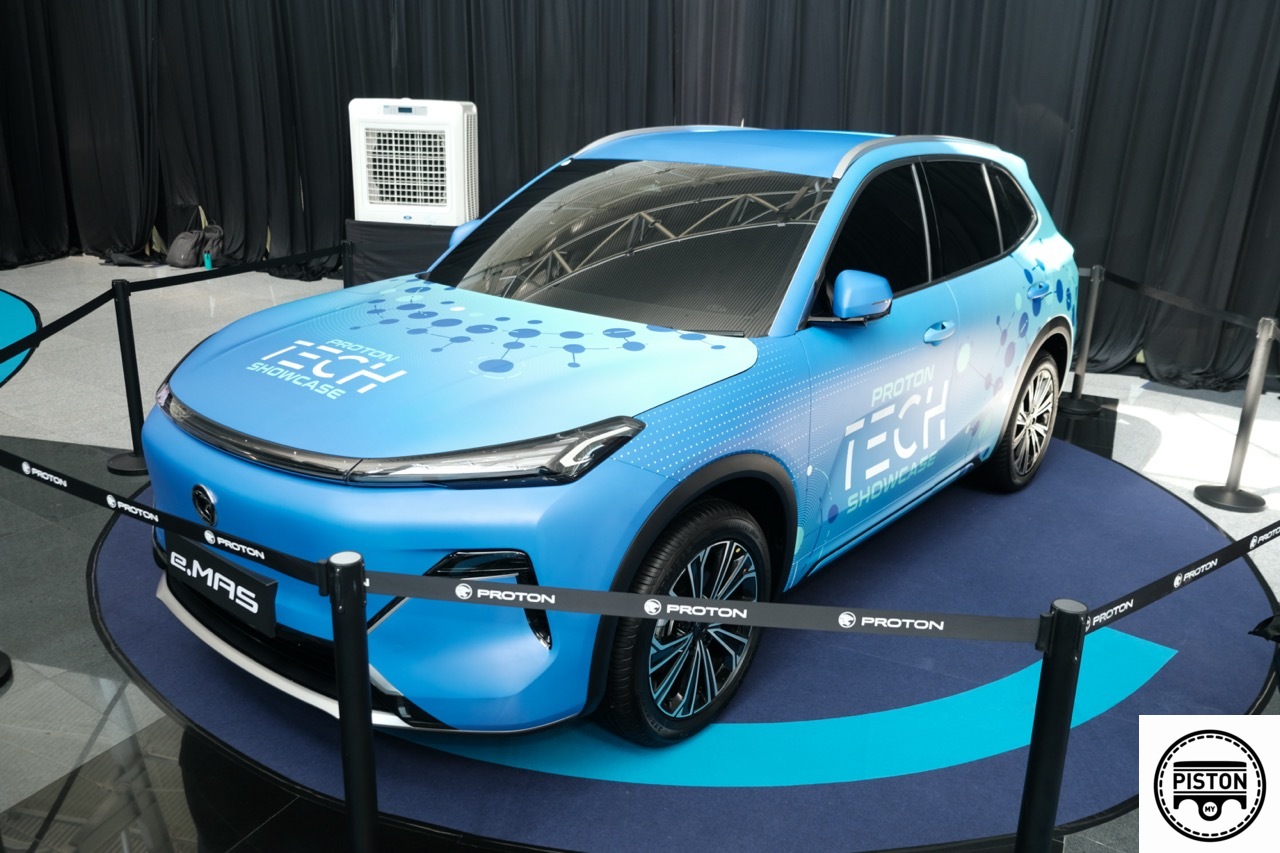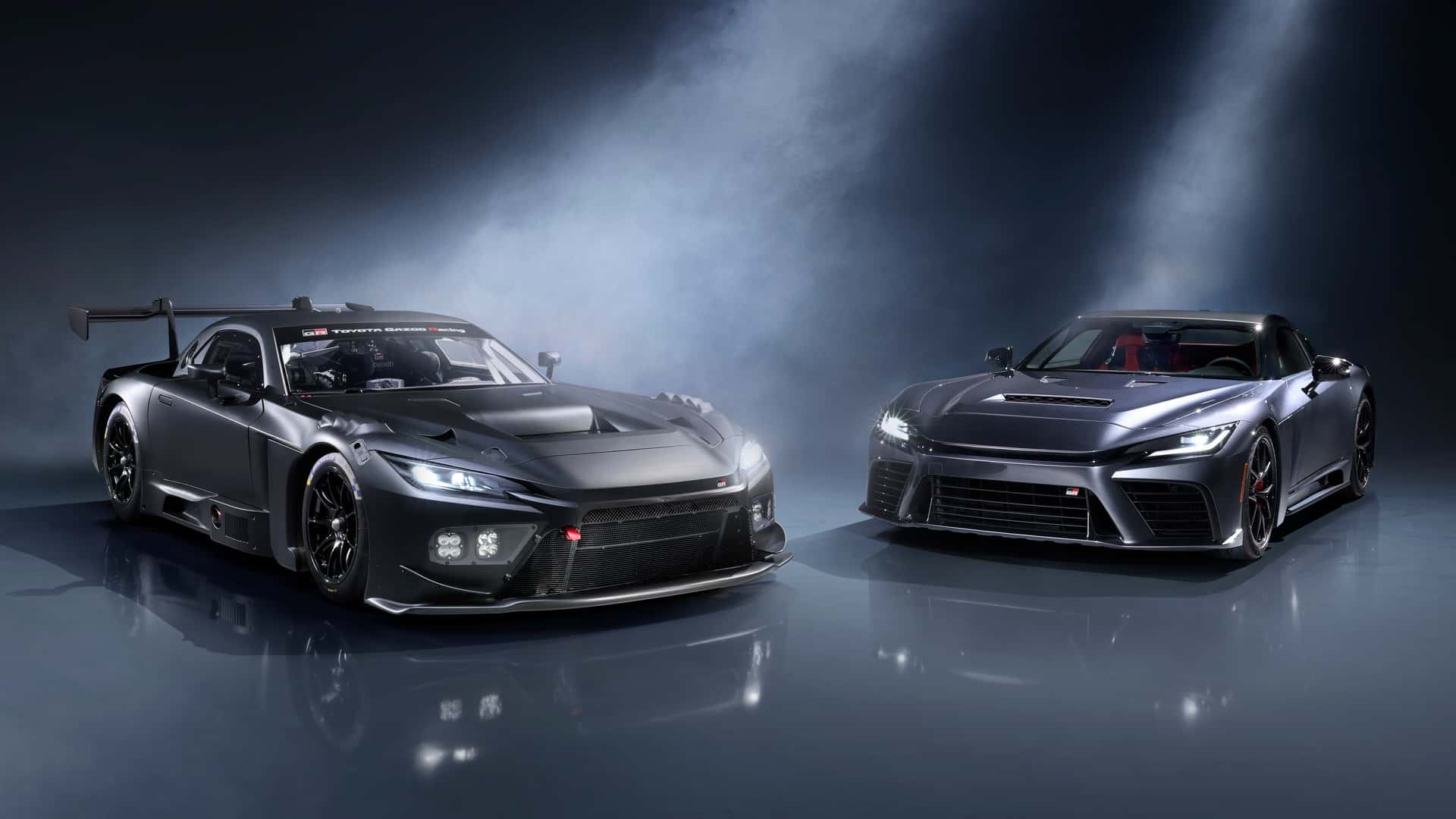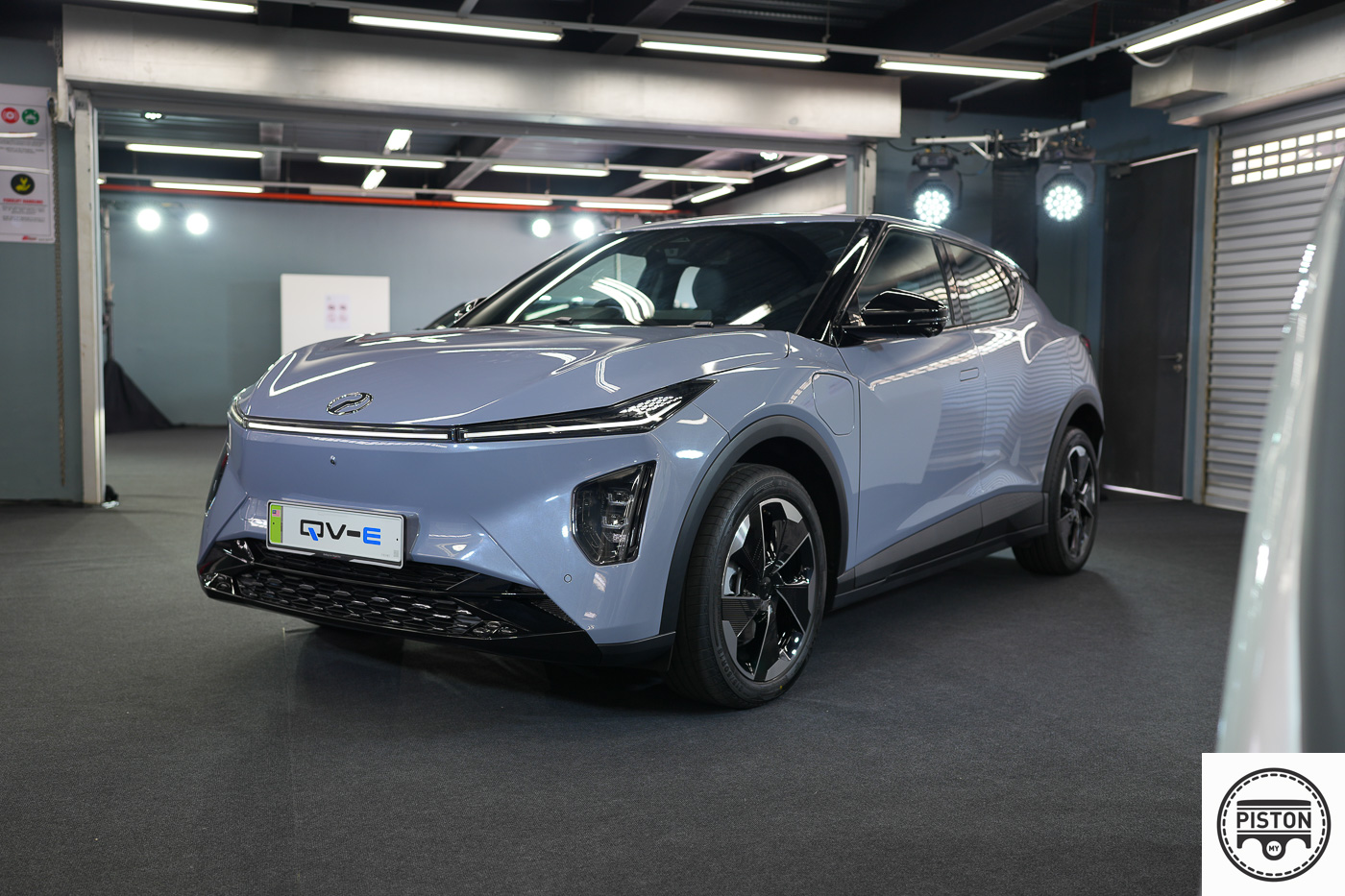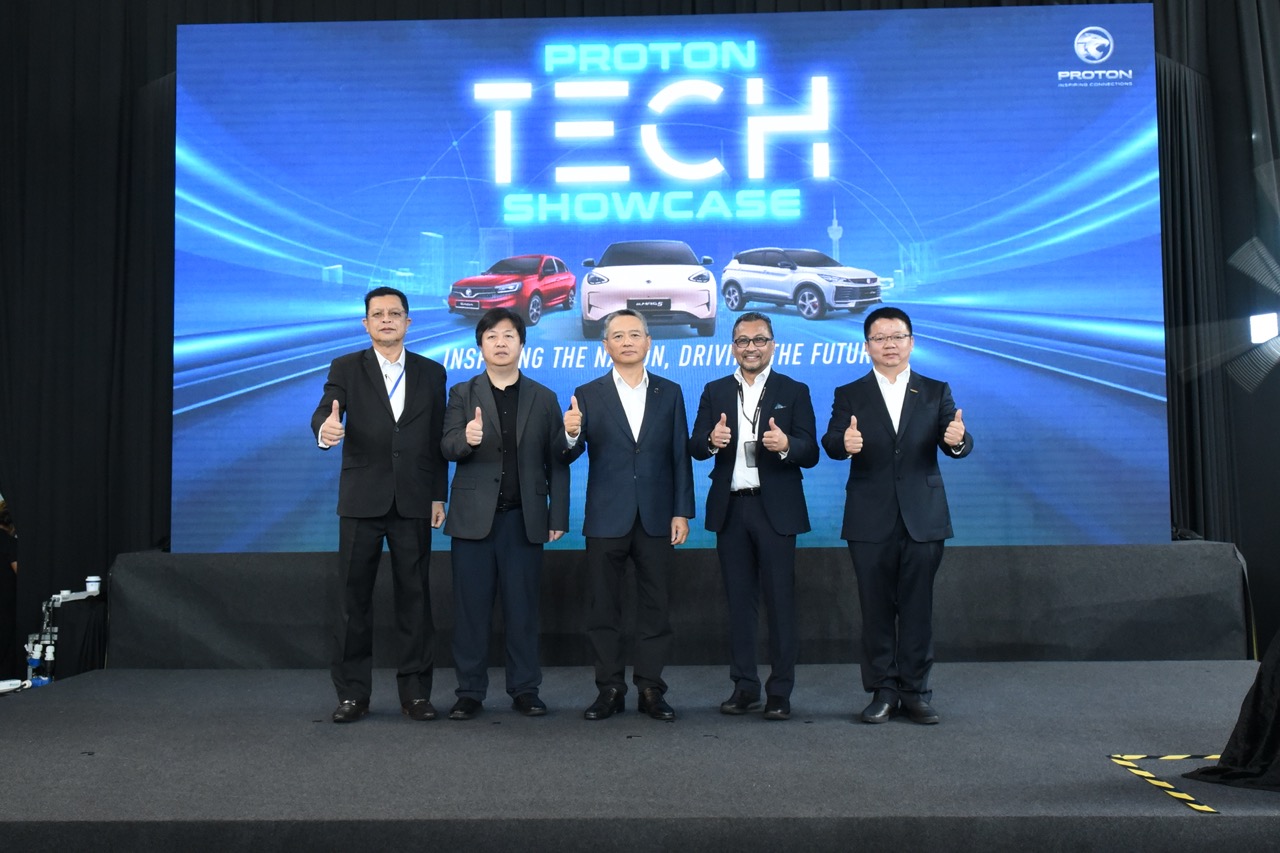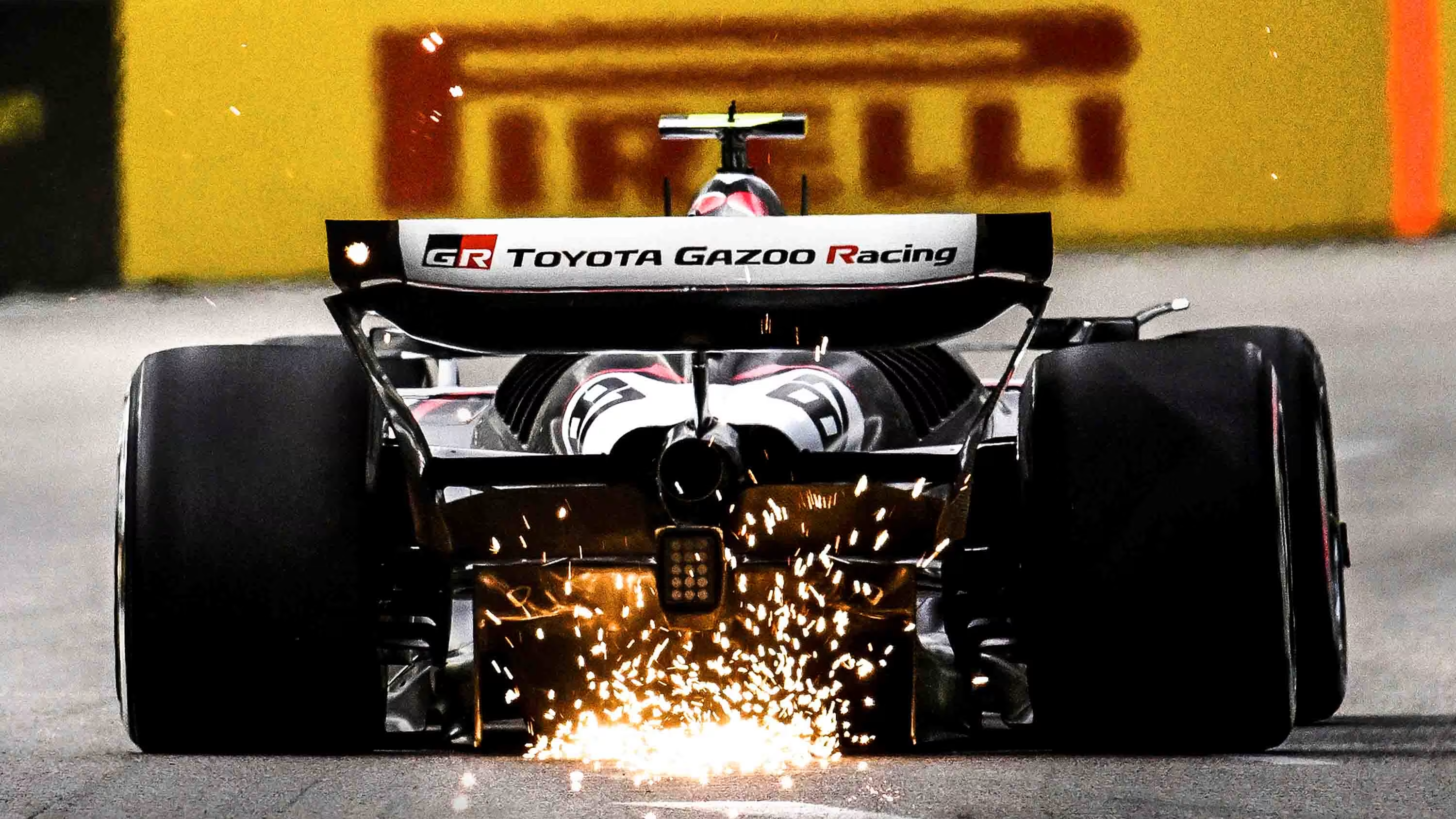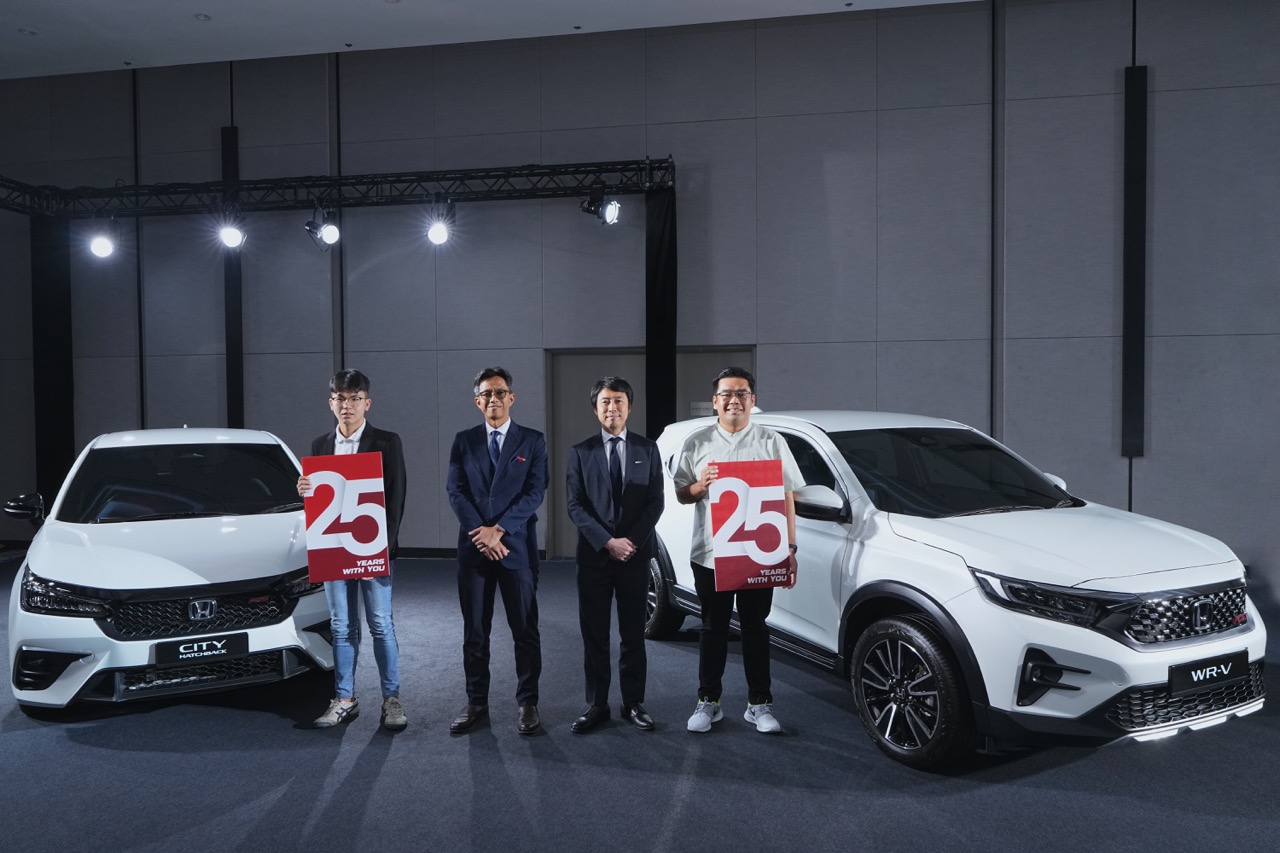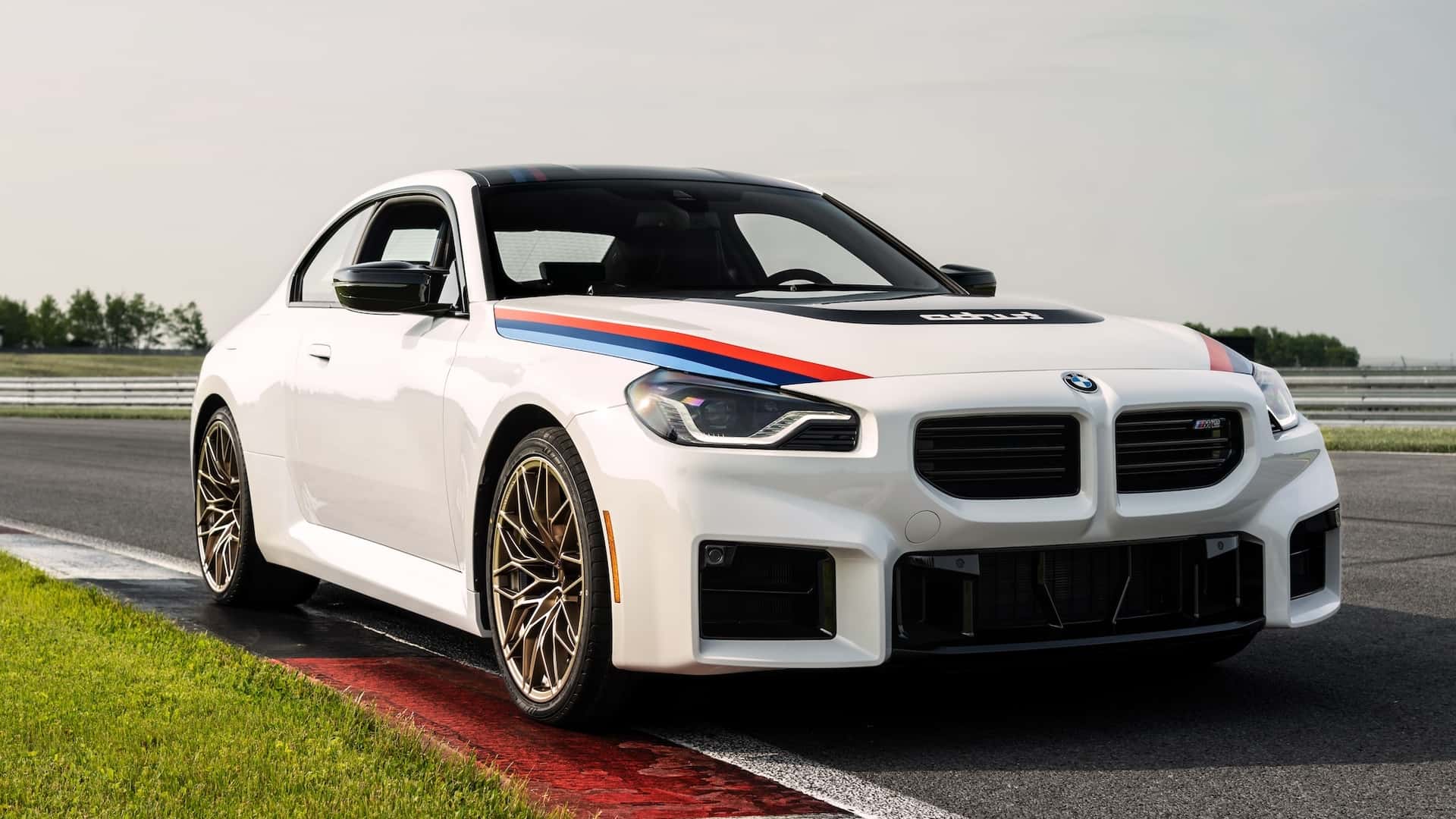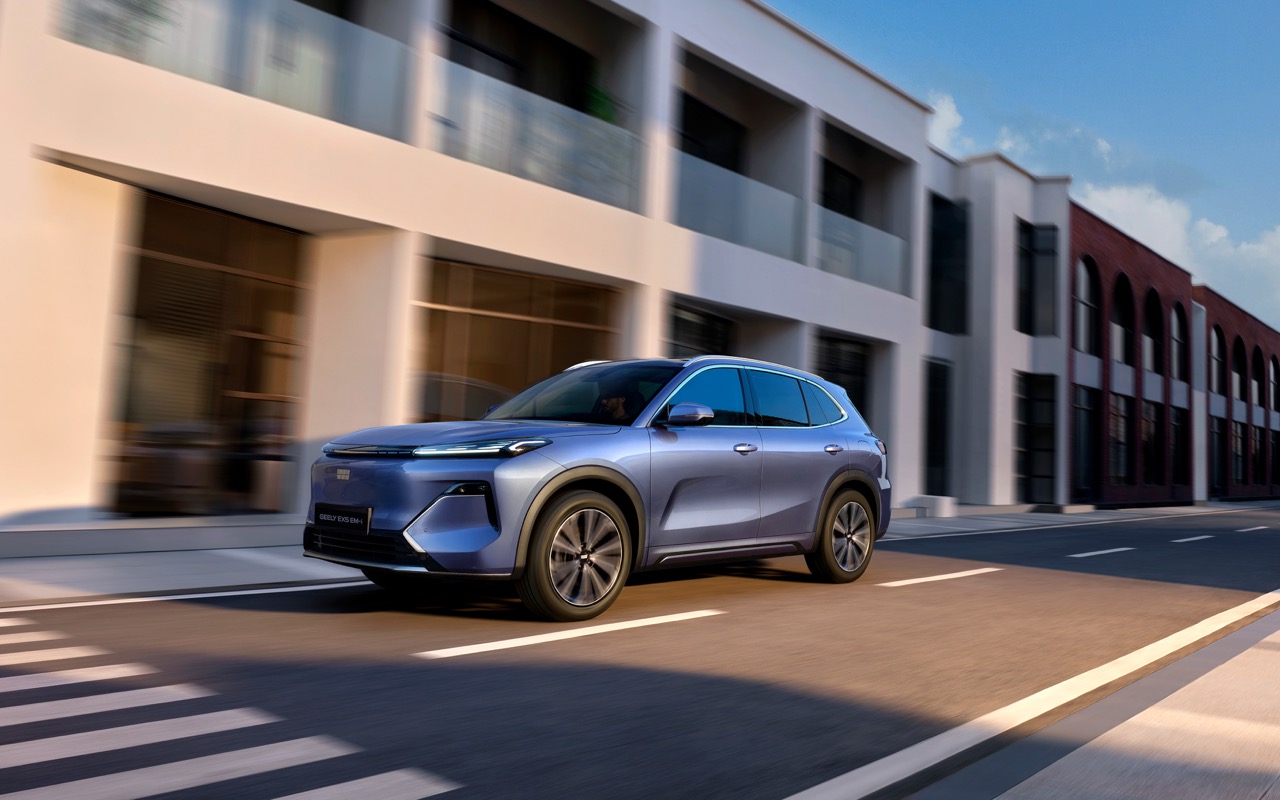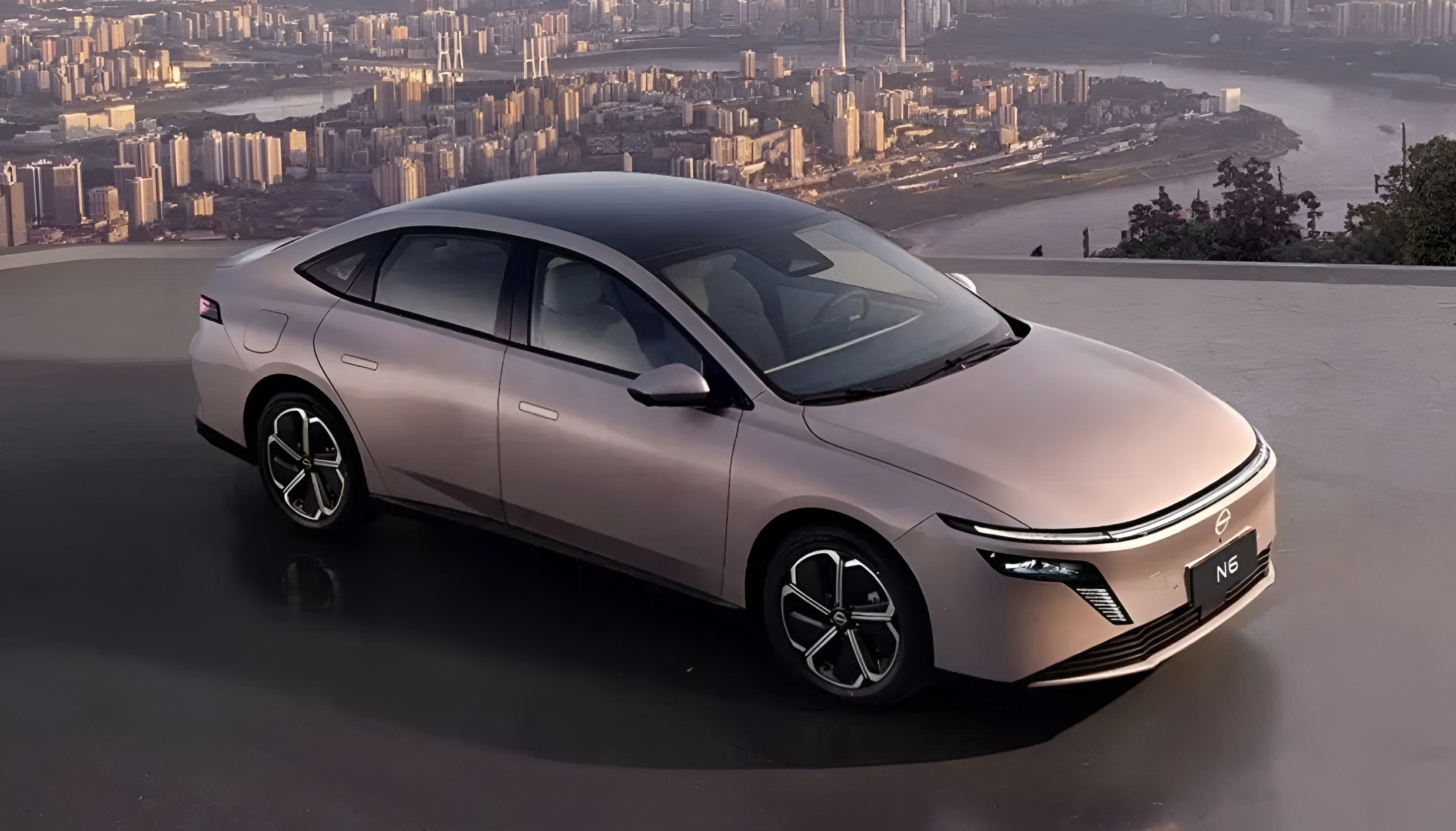It was an exciting evening for BMW Malaysia yesterday as the company introduced the first-ever BMW 330Li M Sport, making it the first ever-long wheelbase variant in the company’s compact executive sedan portfolio. Also that evening, BMW also introduced a new variant to the X3 line-up – the sDrive20i
The new BMW 3 Series long wheelbase variant offers an increased overall length of 4,819mm (+110) and an increased wheelbase length of 2,961mm (+110mm) form the main visual differentiator of the BMW 330Li M Sport from the current BMW 330i M Sport, accompanied also by an increased height of 1,441mm (+6mm) relative to the latter.
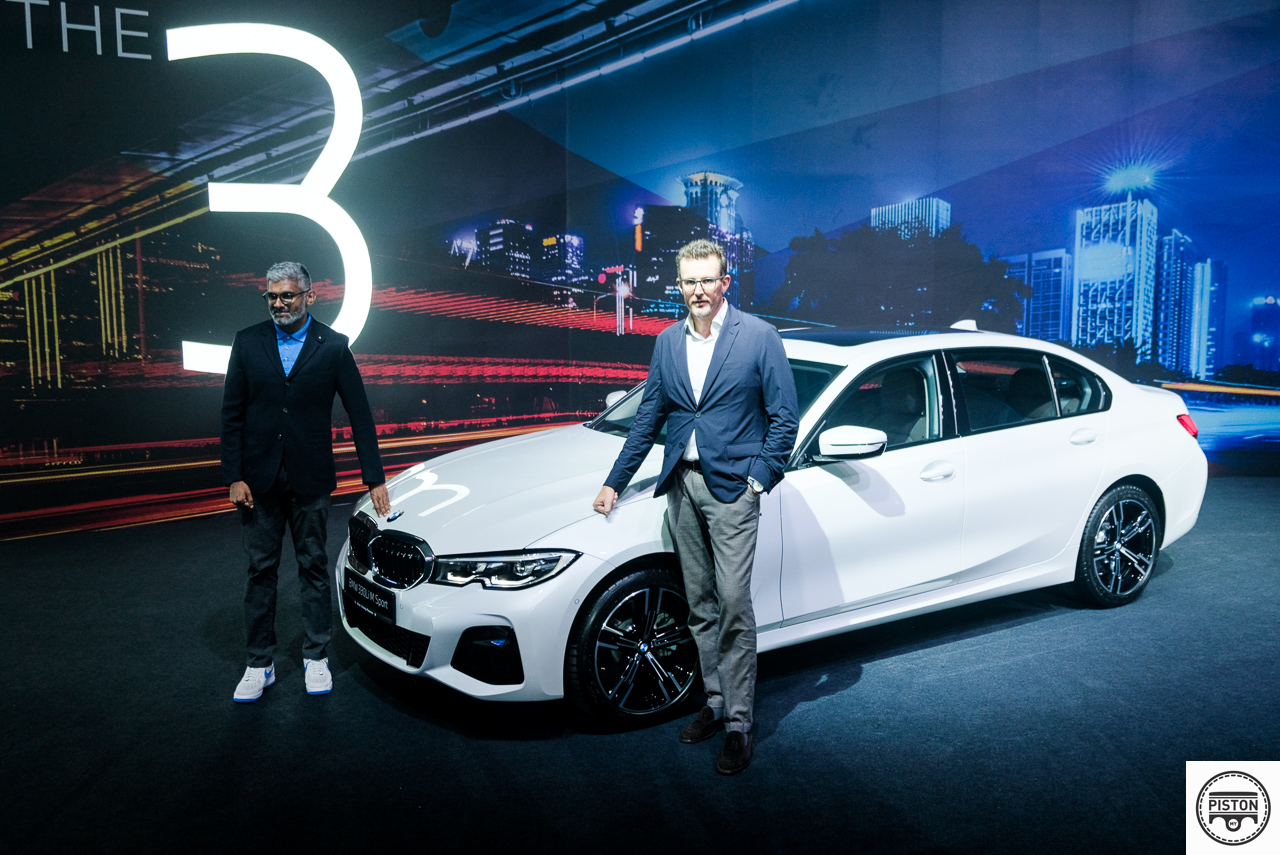
The front of the new 330Li M Sport is distinguished by the kidney grilles now framed in chrome, while state-of-the-art Adaptive LED Headlights capable of automatically adjusting to varying road conditions.
Other features that complete the exterior are the M Aerodynamics and M Sport Packages, a set of 18” M light alloy wheels in Double-Spoke style 848 M bicolour with mixed tyres and run-flat tyres, double-sided exhaust tailpipe finishers with a trapezoidal design in the rear, as well as the panorama glass roof, and welcome light carpet on both sides.
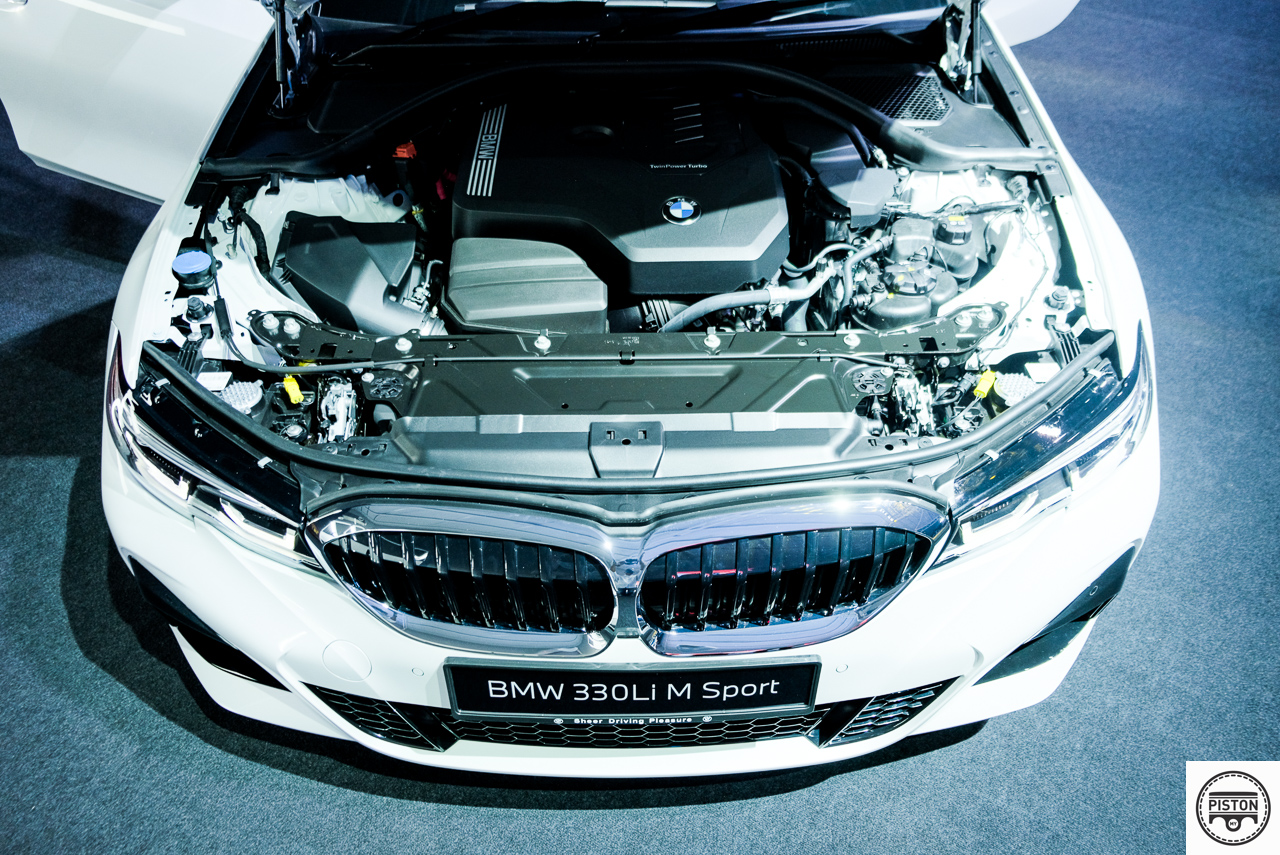
At the heart of the elongated 3-Series is a four-cylinder TwinPower Turbo petrol engine capable of a maximum output of 258 hp at 5,000 – 6,500 rpm and a peak torque of 400 Nm at 1,550 – 4,400 rpm. Power is transmitted via a Steptronic Sport transmission. Accelerating from 0-100 km/h is done in only 6.2 seconds, and the new sedan’s top speed is capped at 250 km/h. Fuel consumption is marked at 6.4 litres per 100 km of travel, while carbon emission is measured at 147 g/km.

As for the interior, a modern ambience and luxurious design are paramount, with interior trim finishers in Aluminium Tetragon with highlight trim finishers in Pearl Chrome furnishing the cabin. The new dimensions are reflected in an increase of 4mm in headroom compared to the BMW 330i M Sport, as well as an additional 42mm legroom available for rear passengers – providing unparalleled spatial comfort and luxury. Boot space is measured at 480 litres, improved with the storage compartment package that offers more stowage possibilities.
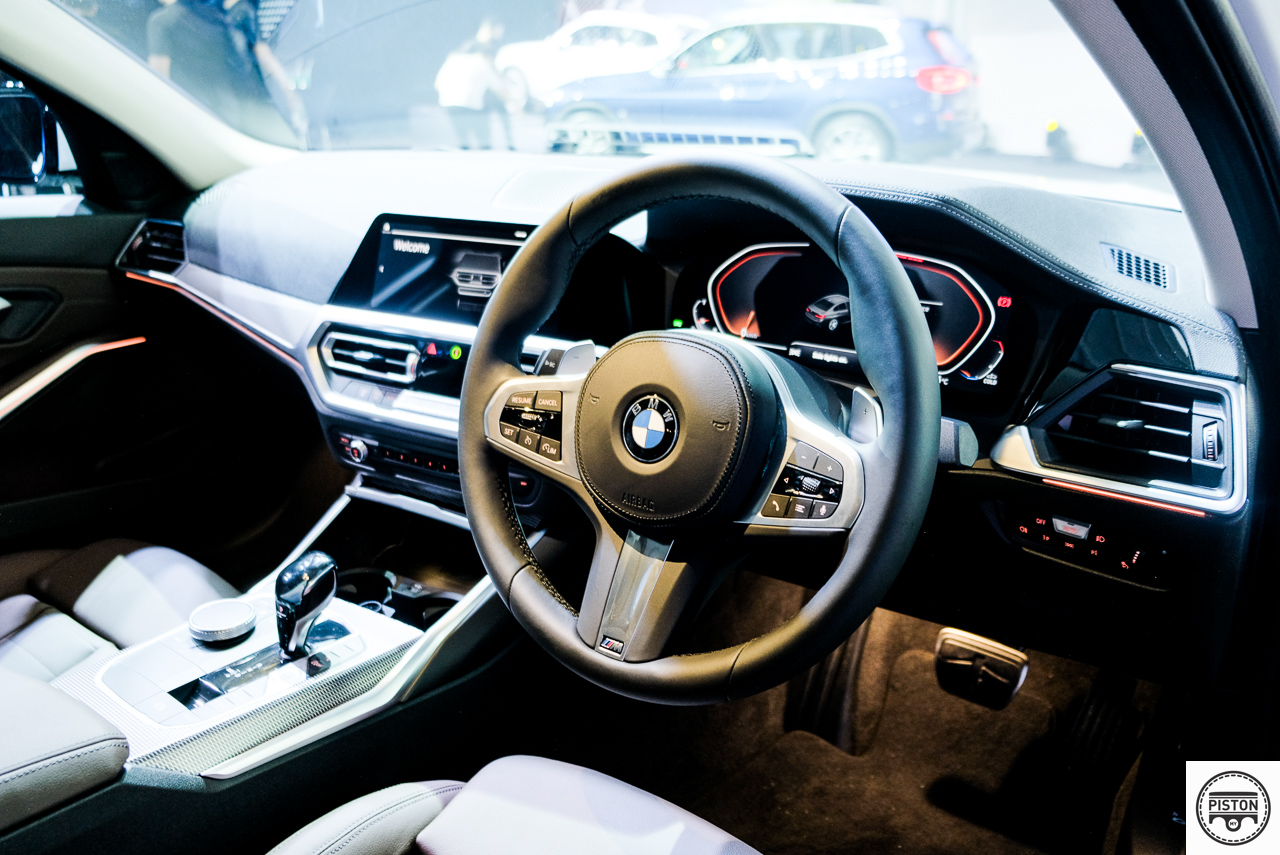
In the cockpit, drivers are greeted with an M leather steering wheel and M-specific pedals. For greater utility, automatic anti-dazzle function is also equipped for both interior and exterior mirrors, as well as electric seat adjustment with memory function for the driver. Other interior highlights of the First-Ever BMW 330Li M Sport are velour floor mats, ambient lights with 11 predefined lighting designs, automatic air-conditioning with three-zone control, and a HiFi loudspeaker system for entertainment on the road. The Comfort Access System that also comes standard provides an added layer of convenience for owners of the First-Ever BMW 330Li M Sport.
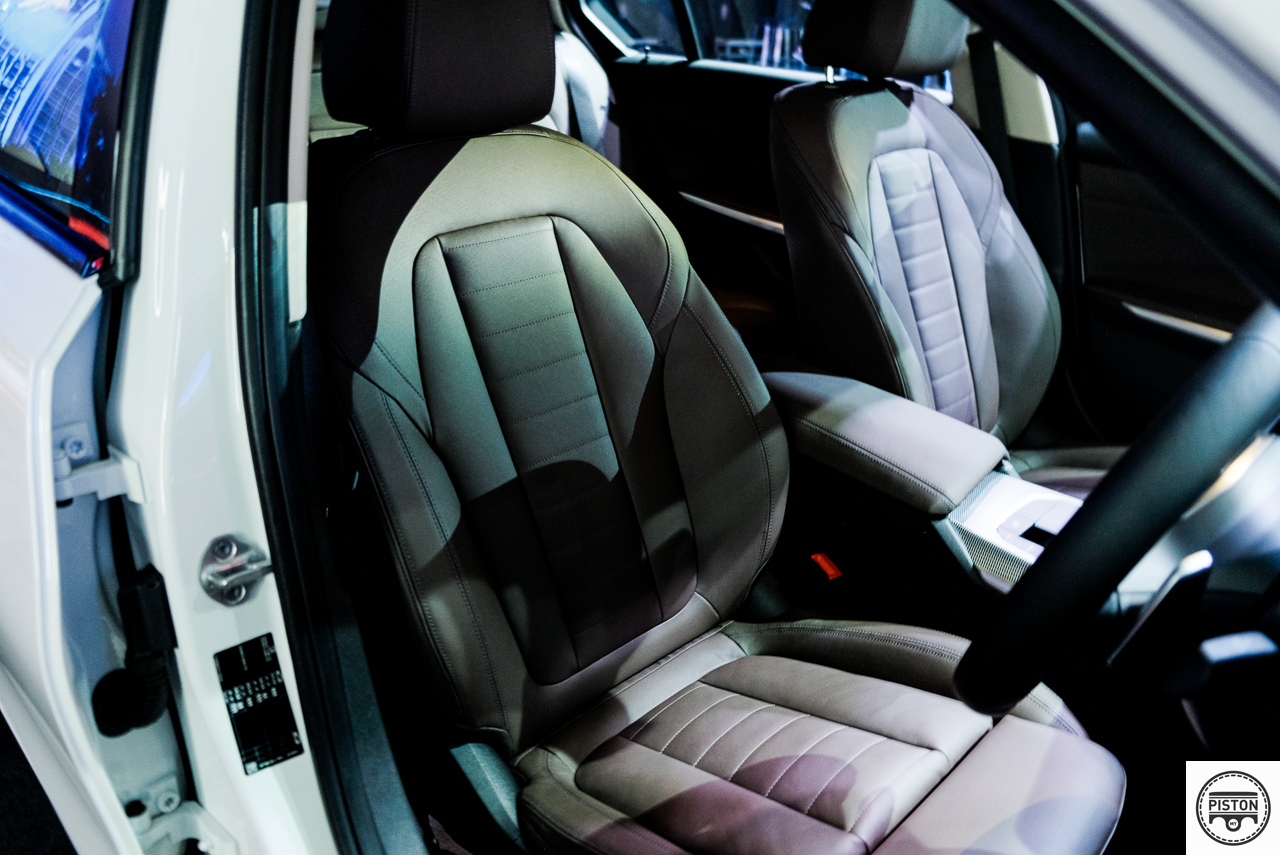
The infotainment, navigation and driver display systems in the First-Ever BMW 330Li M Sport come in the form of the BMW Live Cockpit Professional with a fully digital 12.3-inch instrument display, as well as the BMW Navigation System Professional with 10.25” touch sensitive display. Instrument panel in Sensatec and Galvanic Embellishers for controls further lends an exclusive ambience to the interior, integrating functionality and luxury.
To enhance convenience and assistance, the First-Ever BMW 330Li M Sport comes comprehensively equipped with Cruise Control with braking function, Parking Assistant with rear view mirror, and the BMW Active Pedestrian Safety system. Driving Assistant also comes standard and includes features such as lane departure warning, lane change warning, front collision warning, cross traffic warning and rear collision prevention. The Intelligent Emergency Call functionality also ensures live assistance and support are available at all times.
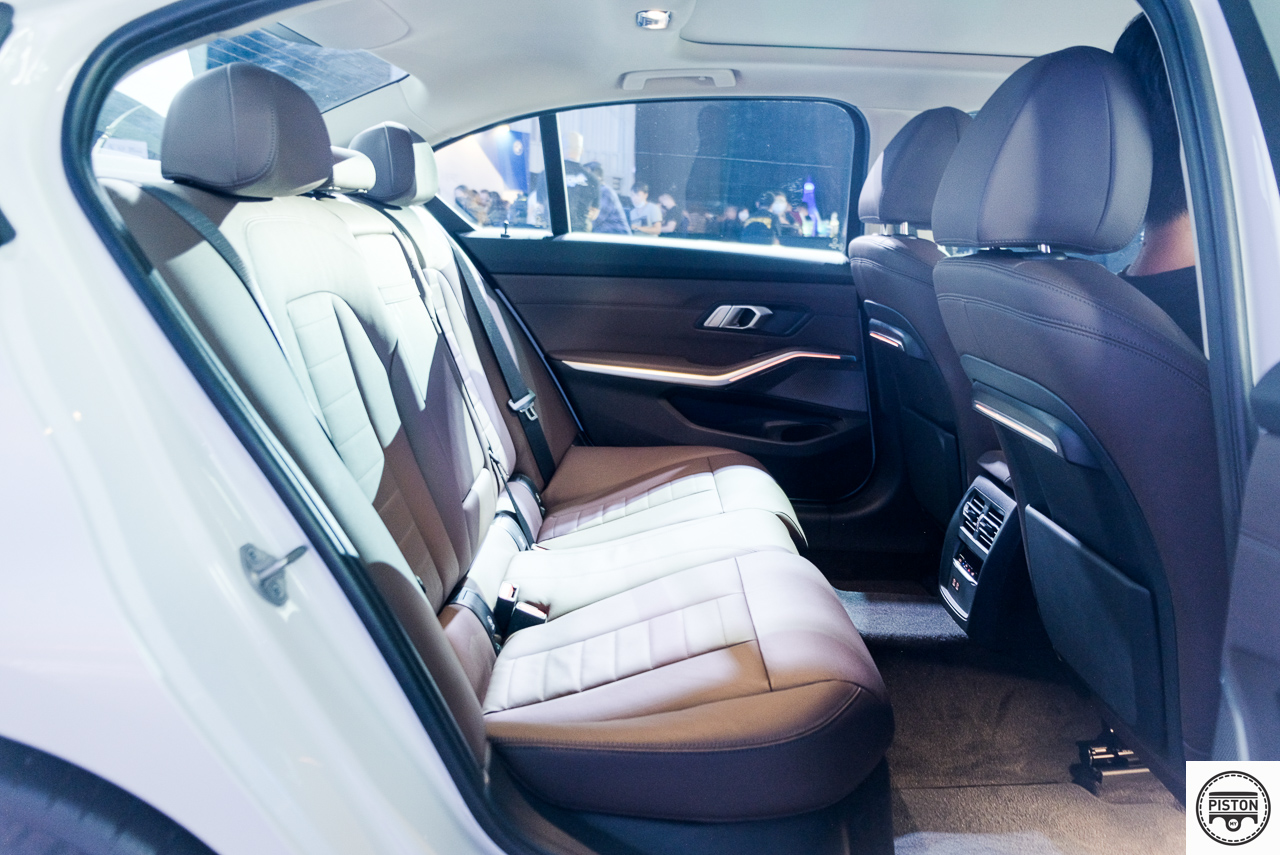
The First-Ever BMW 330Li M Sport comes in two colour offerings – Mineral White and Carbon Black. Leather Vernasca upholstery in Mocha with black stitching complement both the exterior colour offerings.
The BMW 330Li is now in the market for RM300,800.
BMW X3 sDrive20i
The new locally-assembled BMW X3 arrives with new the xLine package, complemented by LED headlights with Extended Contents inclusive of cornering lights. 19-inch light alloy wheels in Y-Spoke Style 694 with runflat tyres also complete the New BMW X3 sDrive20i. Body details are stylishly accentuated in aluminium, as the new SAV also features the BMW Individual Exterior Line and roof rails both in Aluminium Satinated.
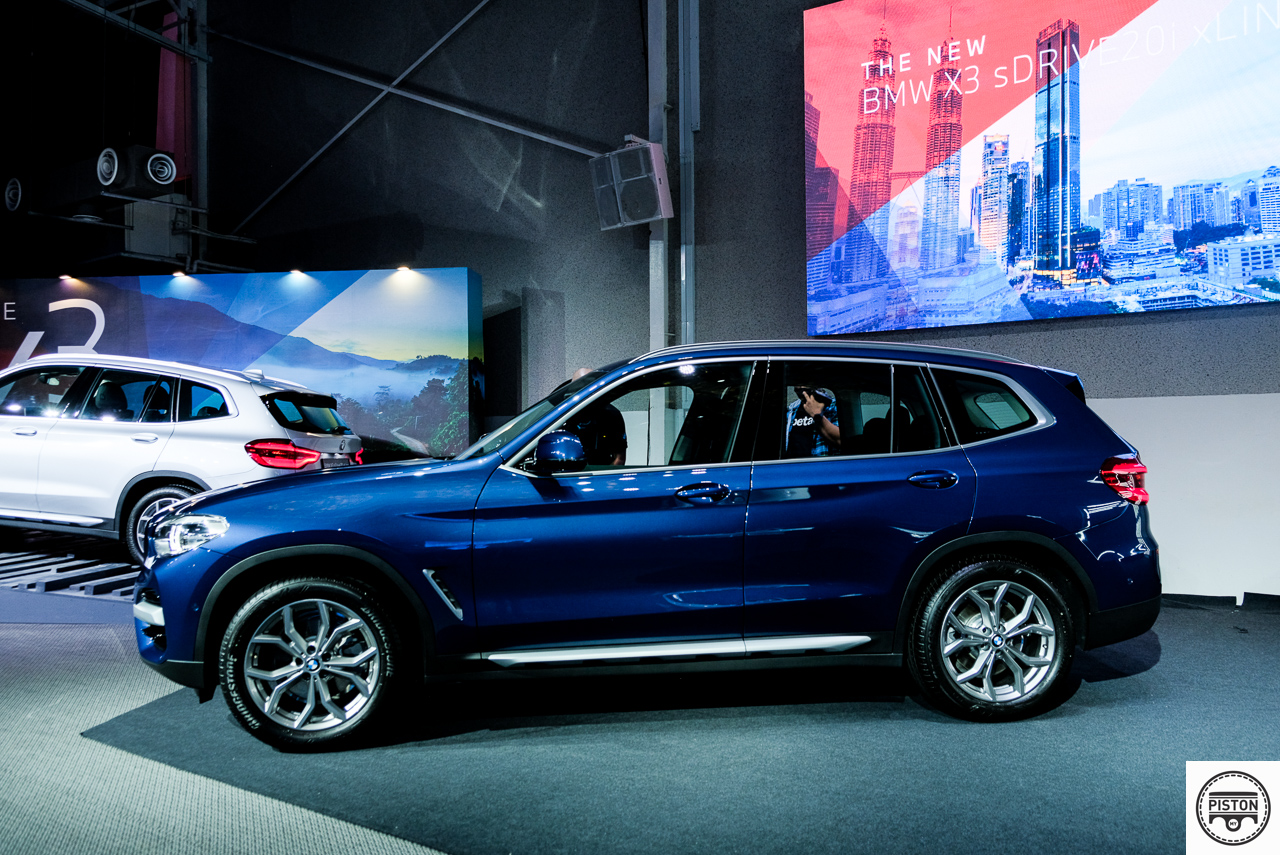
Powering the New BMW X3 sDrive20i is the four-cylinder TwinPower Turbo petrol engine capable of a maximum output of 184 hp at 5,000 – 6,500 rpm and a peak torque of 300 Nm at 1,350 – 4,000 rpm. And is capable of a century sprint in 8.2 seconds, and records a top speed of 215 km/h. Carbon emissions are capped at a lowered 163 g/km and an equally lowered fuel consumption of 7.1 litres per 100 km of travel. Transmission is in the form of an 8-Speed Automatic Steptronic with Automatic Hold Function.
Inside, the New BMW X3 sDrive20i is fitted with interior trim finishers in Black High-Gloss with highlight trim finishers in Pearl Chrome, complete with interior and exterior mirrors that are equipped with the automatic anti-dazzle function.
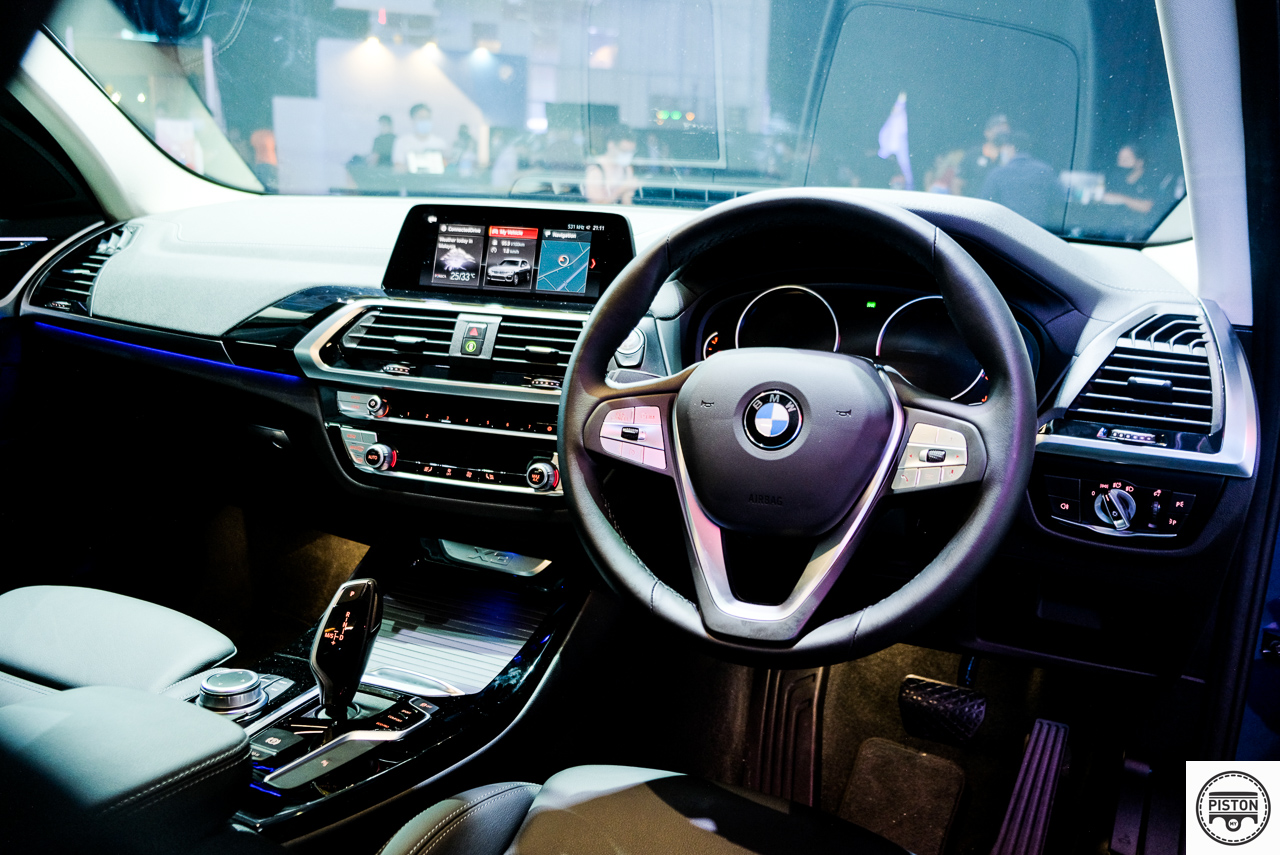
Comfort in the new SAV is elevated with the sport seats for the driver and front passenger, as well as velour floor mats, ambient lighting, and the three-zone automatic air conditioning system. Drivers will also be able to enjoy electric seat adjustment with memory function, while a 12-Speaker HiFi sound system provides endless entertainment for the road ahead.
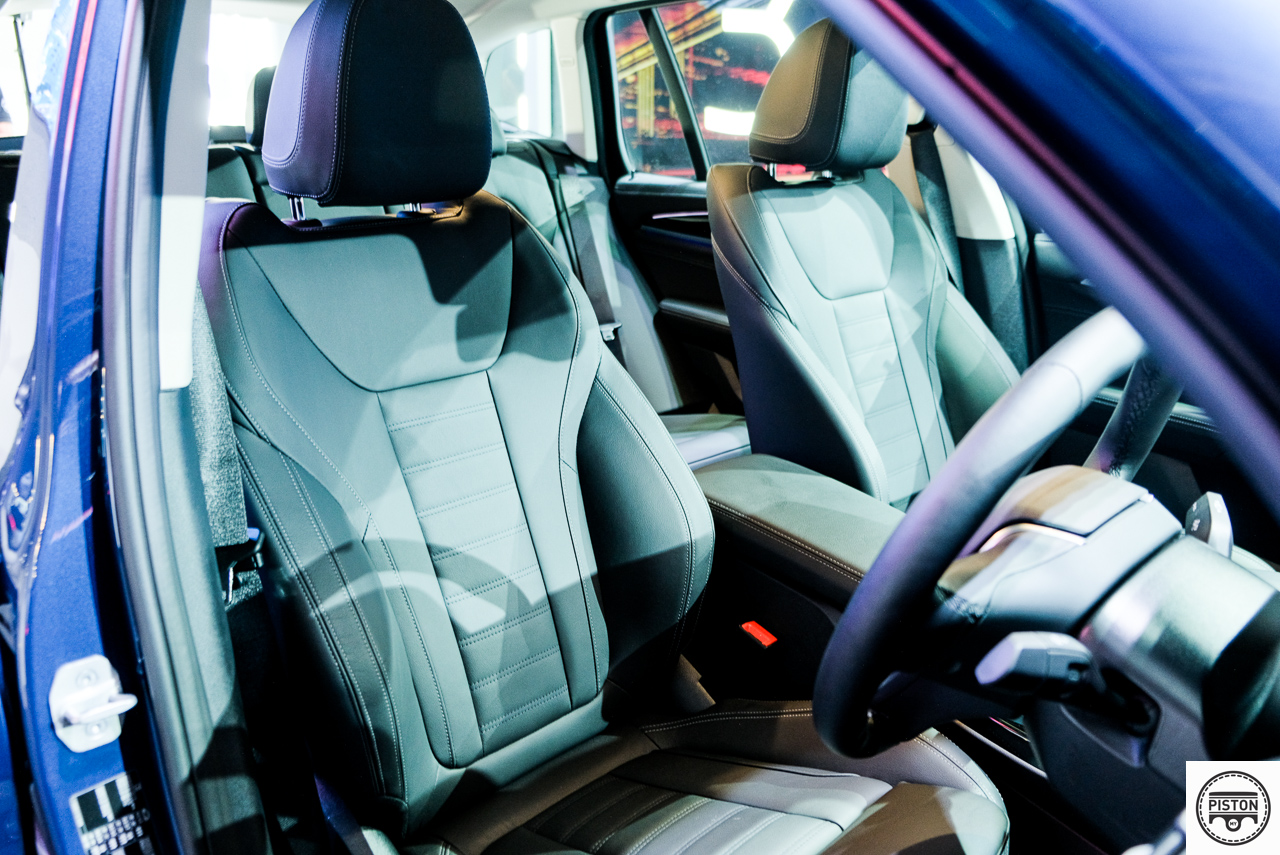
In terms of digital assistance, the New BMW X3 sDrive20i arrives fully-furnished with the Driving Assistant and Parking Assistant. A premium navigational and infotainment experience is offered via a 10.25-inch touchscreen control display, complemented by a Sensatec Instrument Panel and controls with Galvanic Embellishers. These features are also offered alongside the BMW Live Cockpit Plus and the BMW Intelligent Personal Assistant.
The Intelligent Emergency Call, and the convenient call function with extended smartphone connection also offer safety and convenience to owners of the New BMW X3 sDrive20i. Meanwhile, there is also the Comfort Access System, along with the Storage Compartment Package that equips the new SAV with 550 litres of luggage capacity.
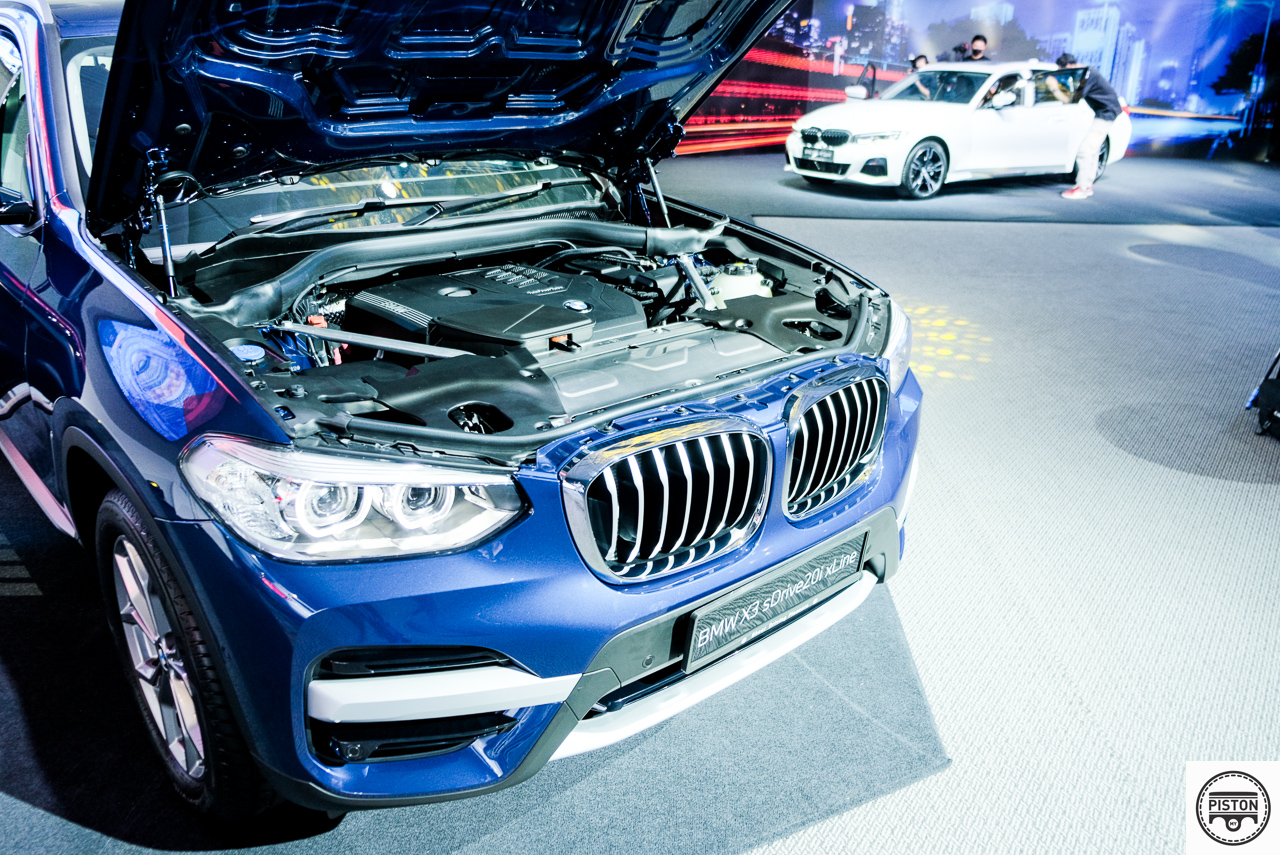
Owners will now be able to have greater digital interaction with the New BMW X3 sDrive20i via the new My BMW App that provides easy access to a wide range of remote services, on-the-go navigation, and e-mobility features. The application will replace the BMW Connected App come July 2021, and is now available for download on both Android and iOS-enabled smartphones.
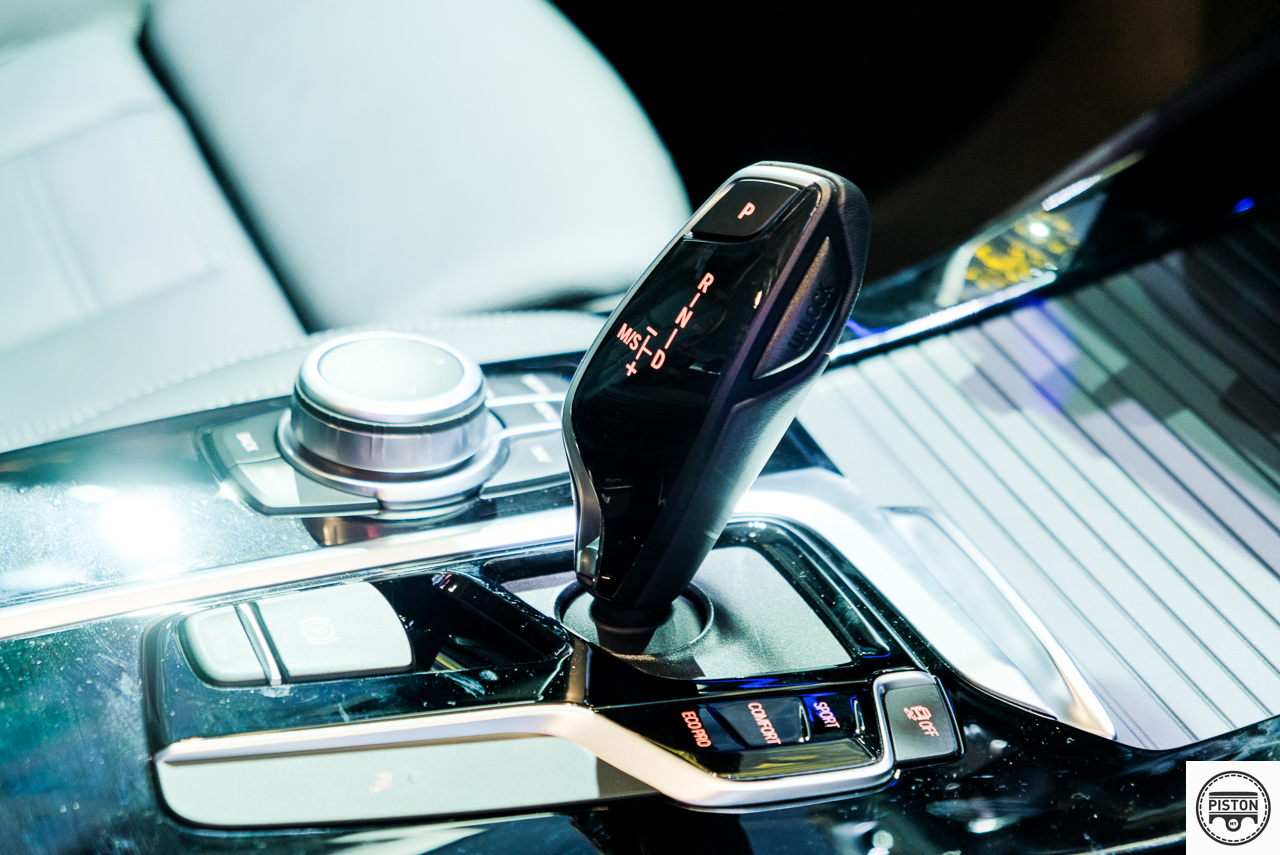
Colour offerings for the New BMW X3 sDrive20i include Alpine White, Glacier Silver, Black Sapphire, and Phytonic Blue. All exterior offerings are paired with black Leather Vernasa upholstery with black stitching.
The new BMW X3 sDrive20i is now in the market for RM286,674.00.




